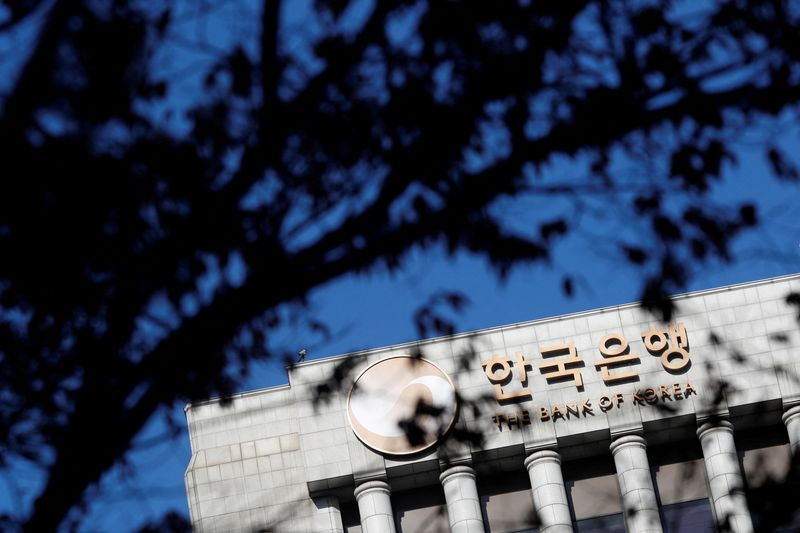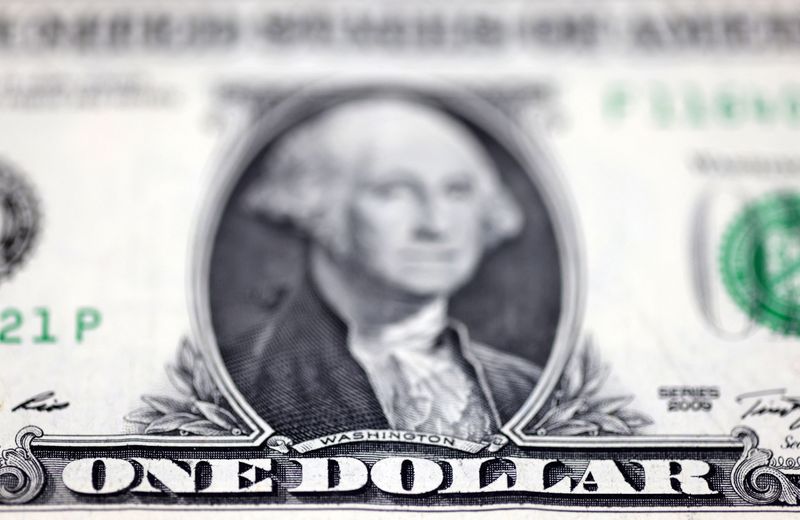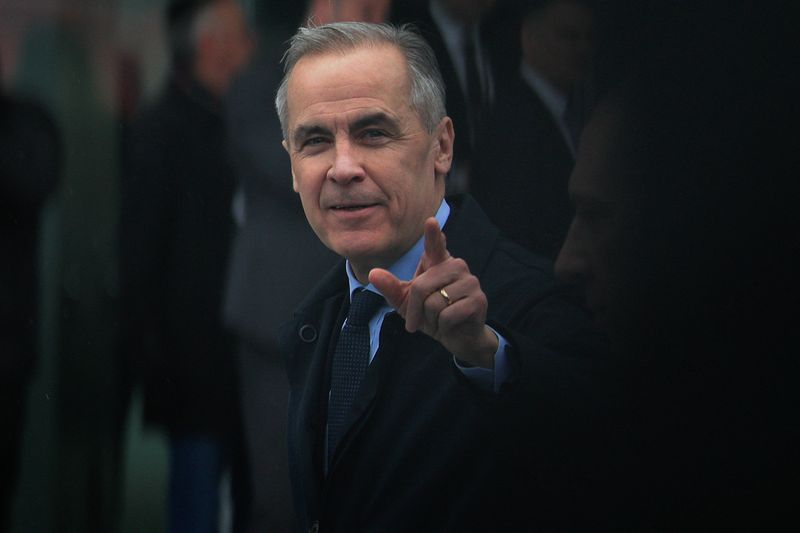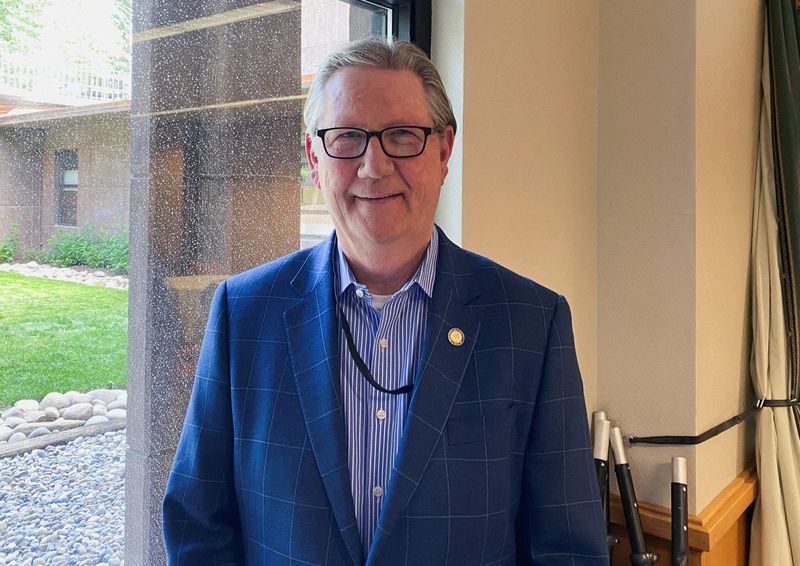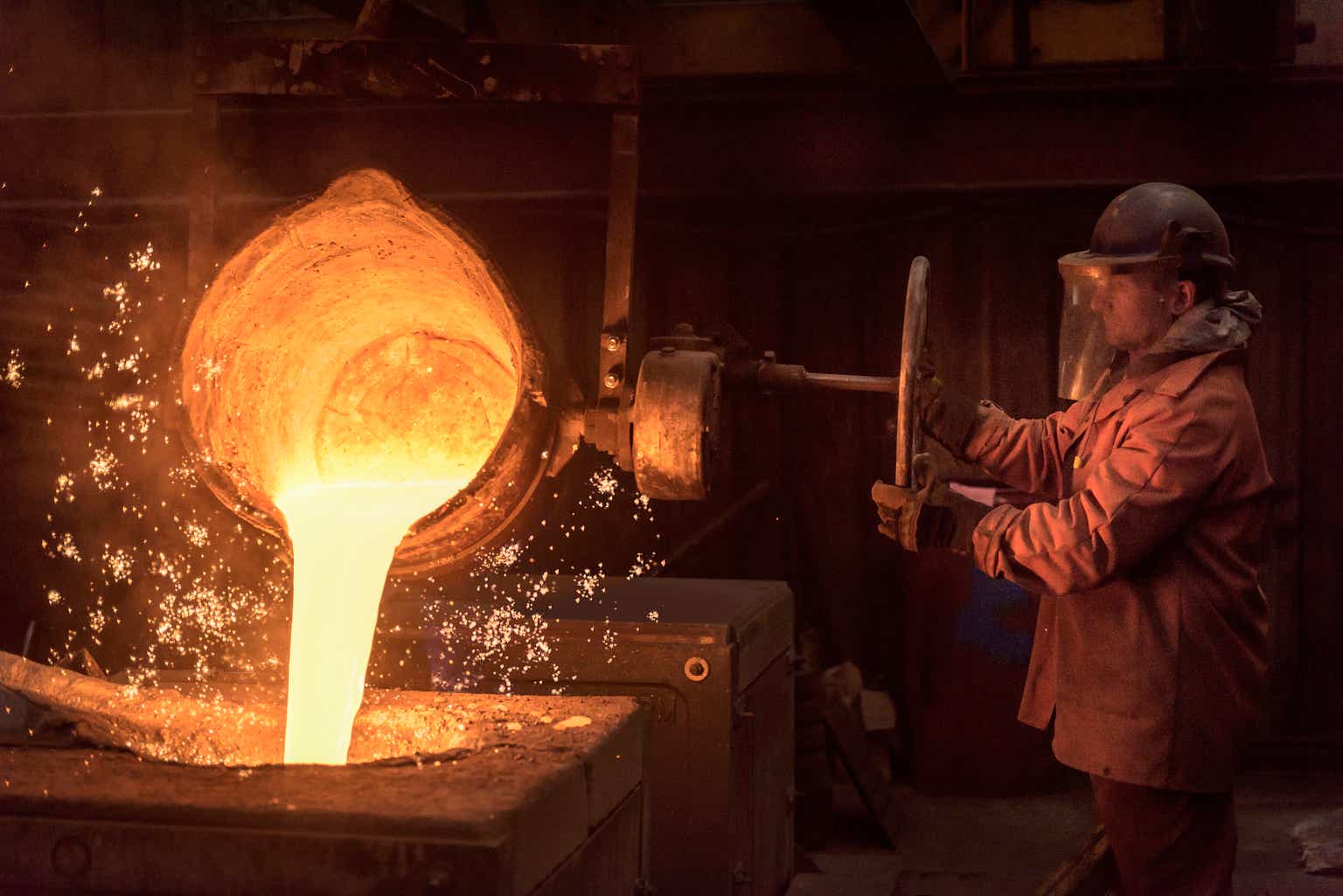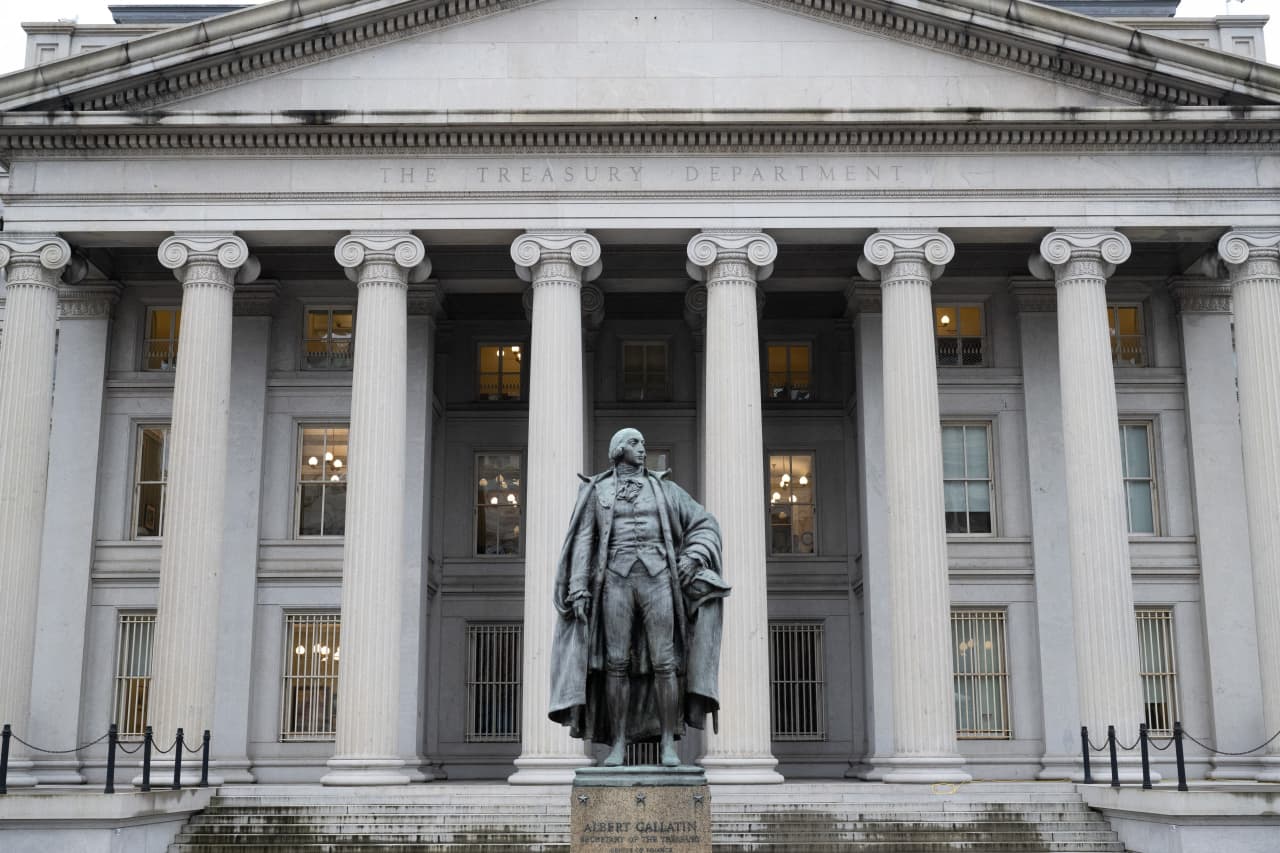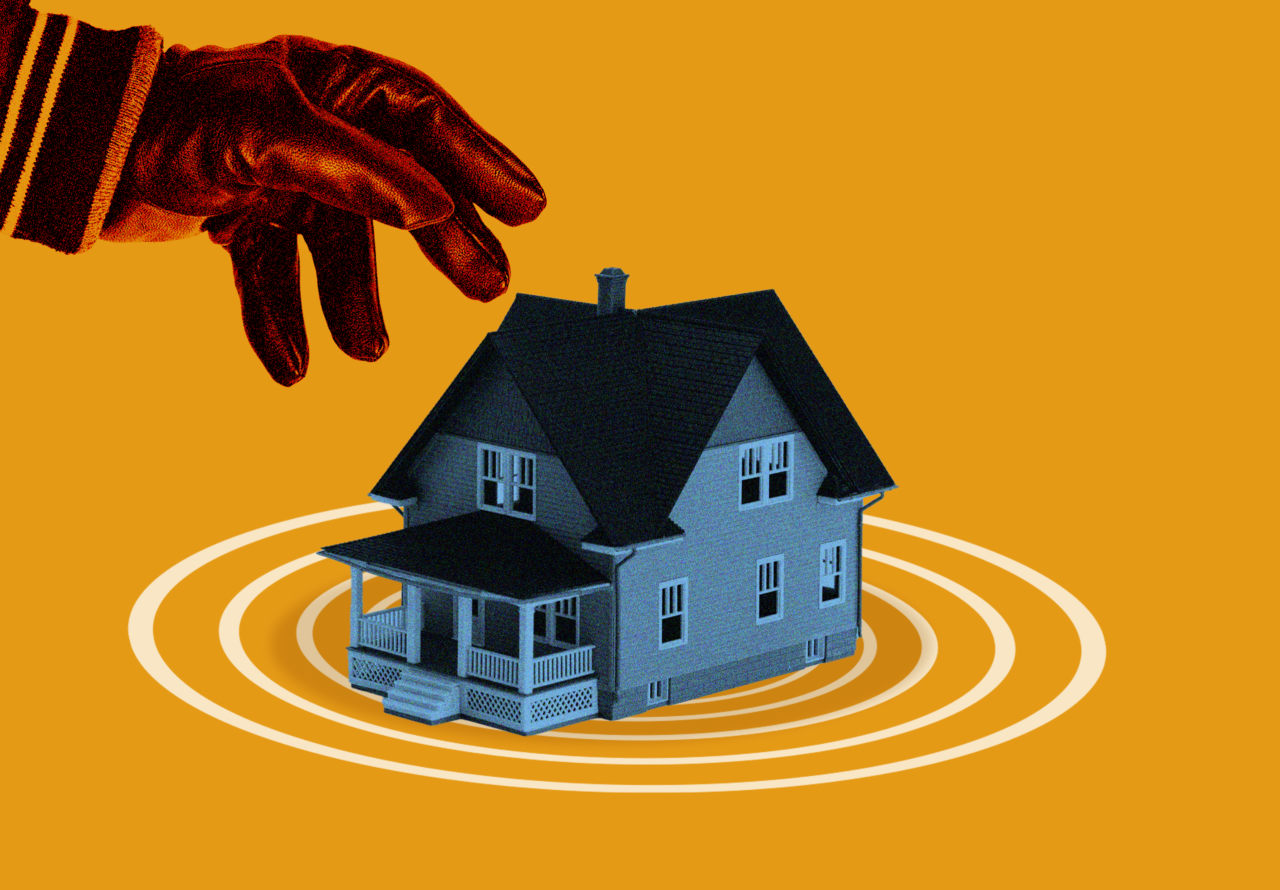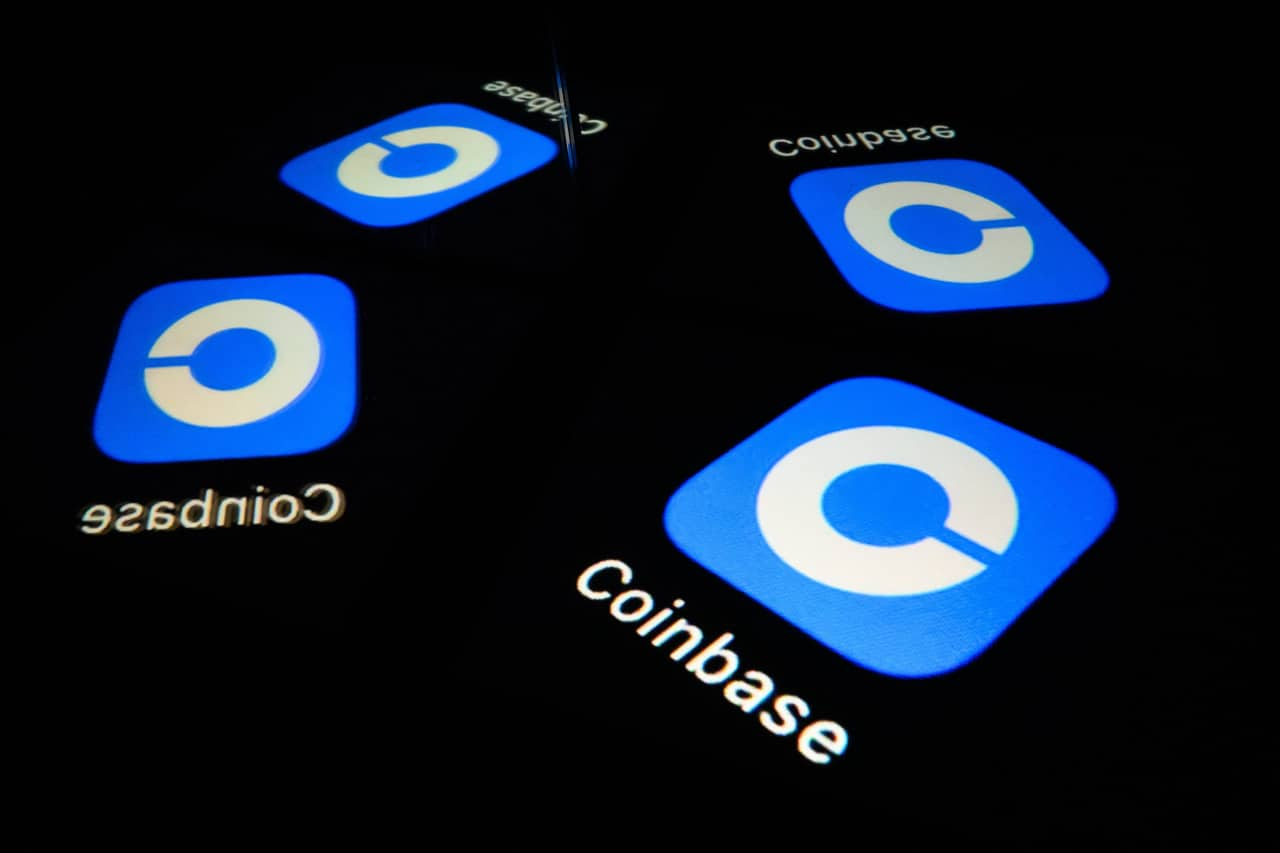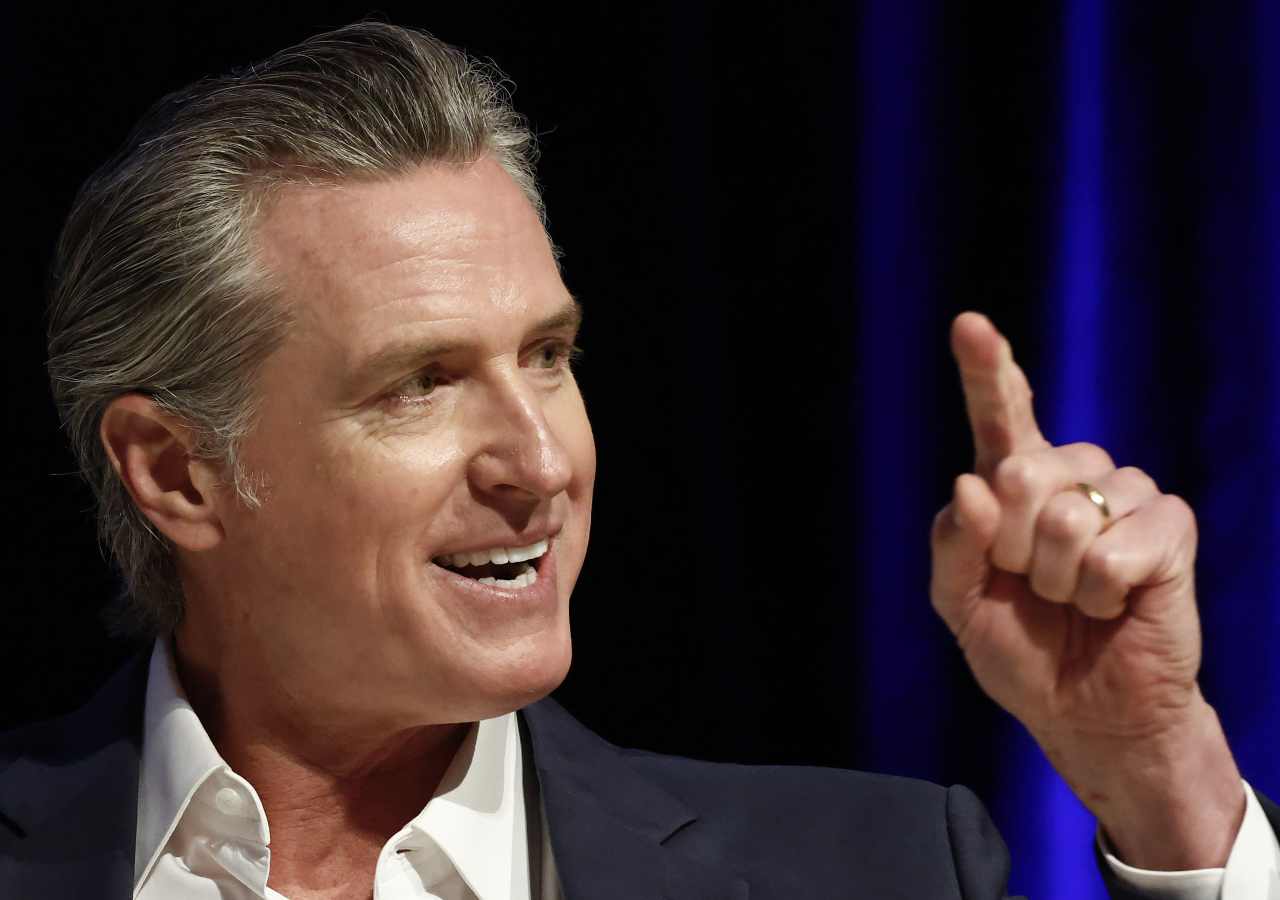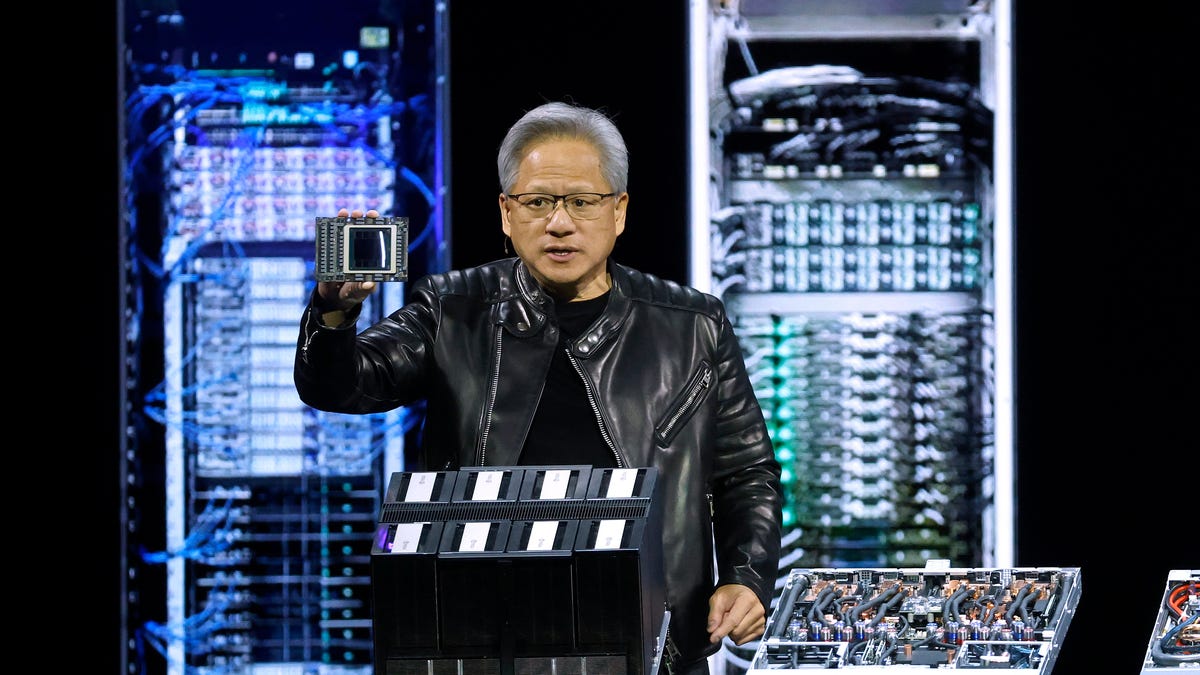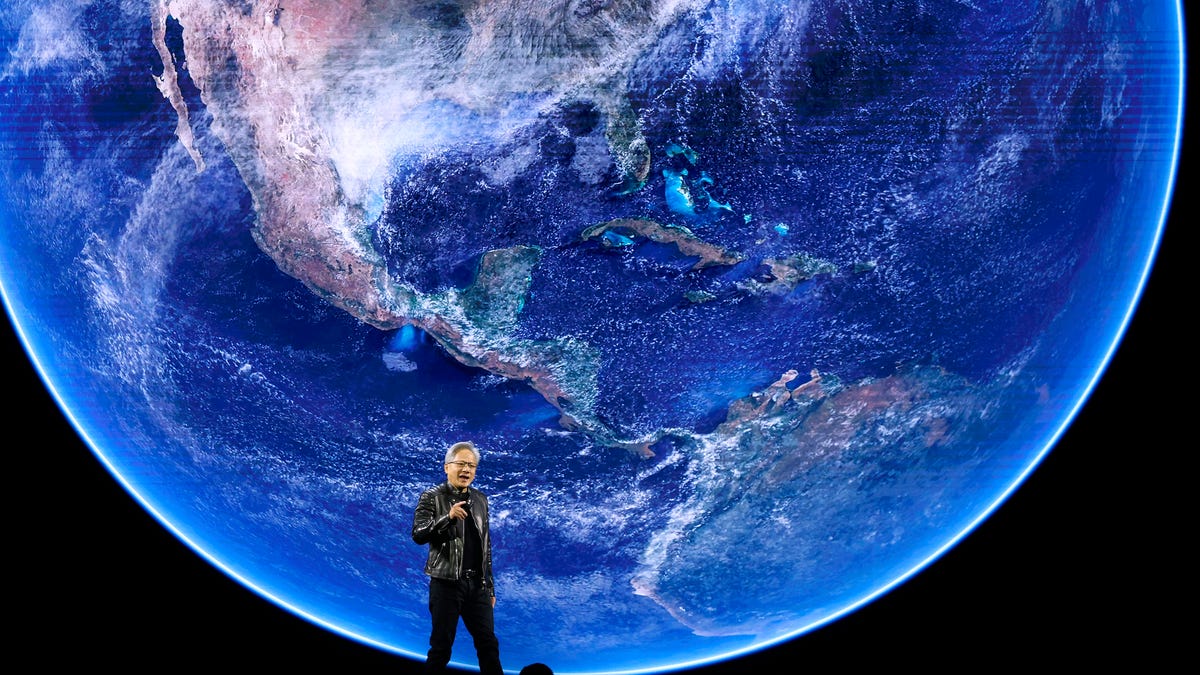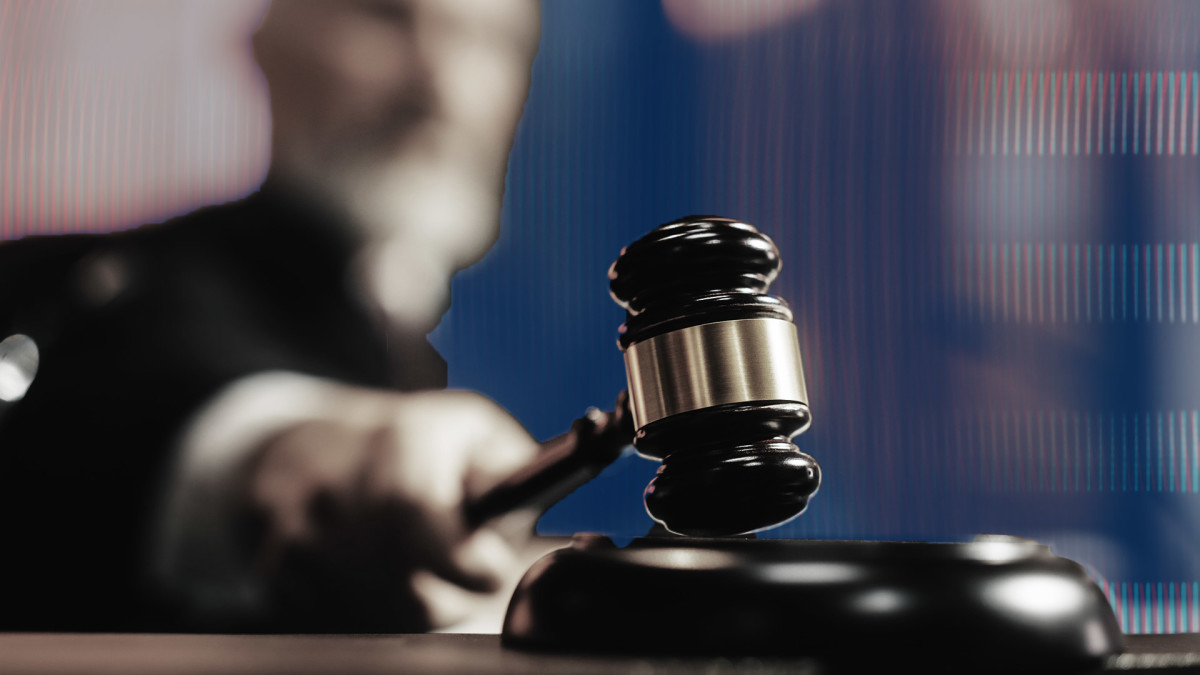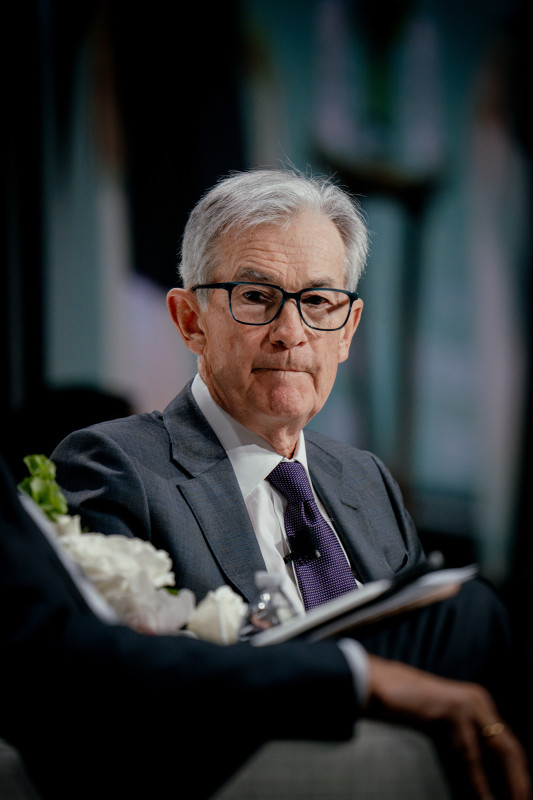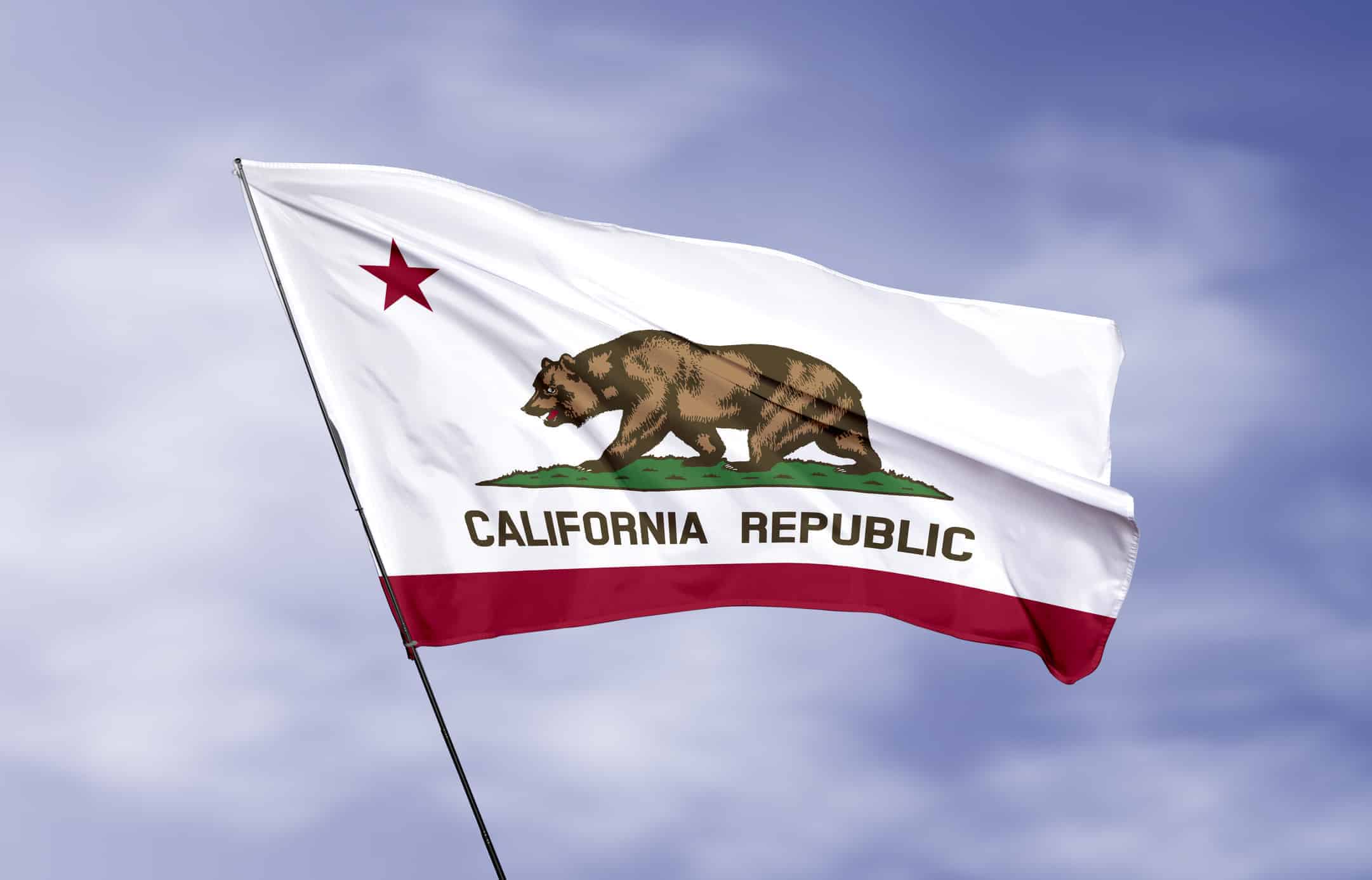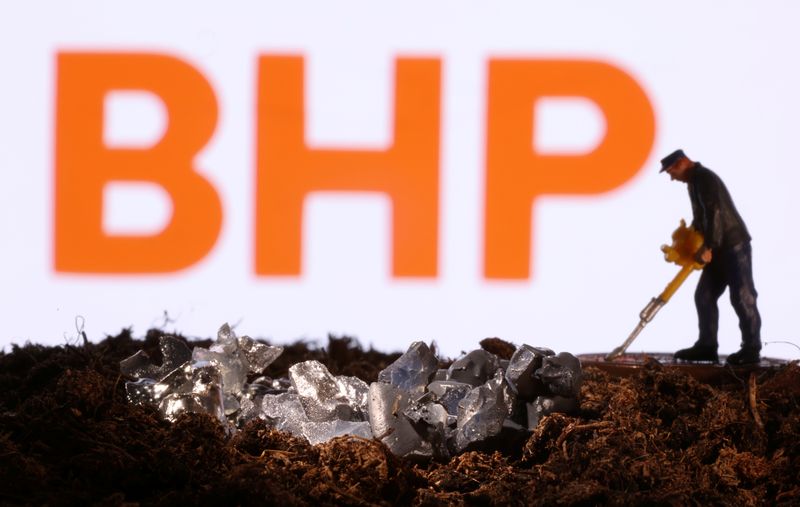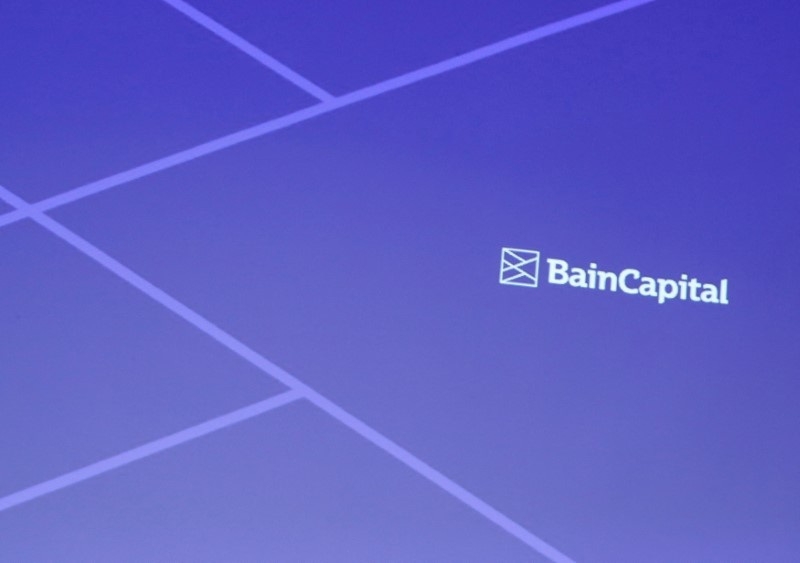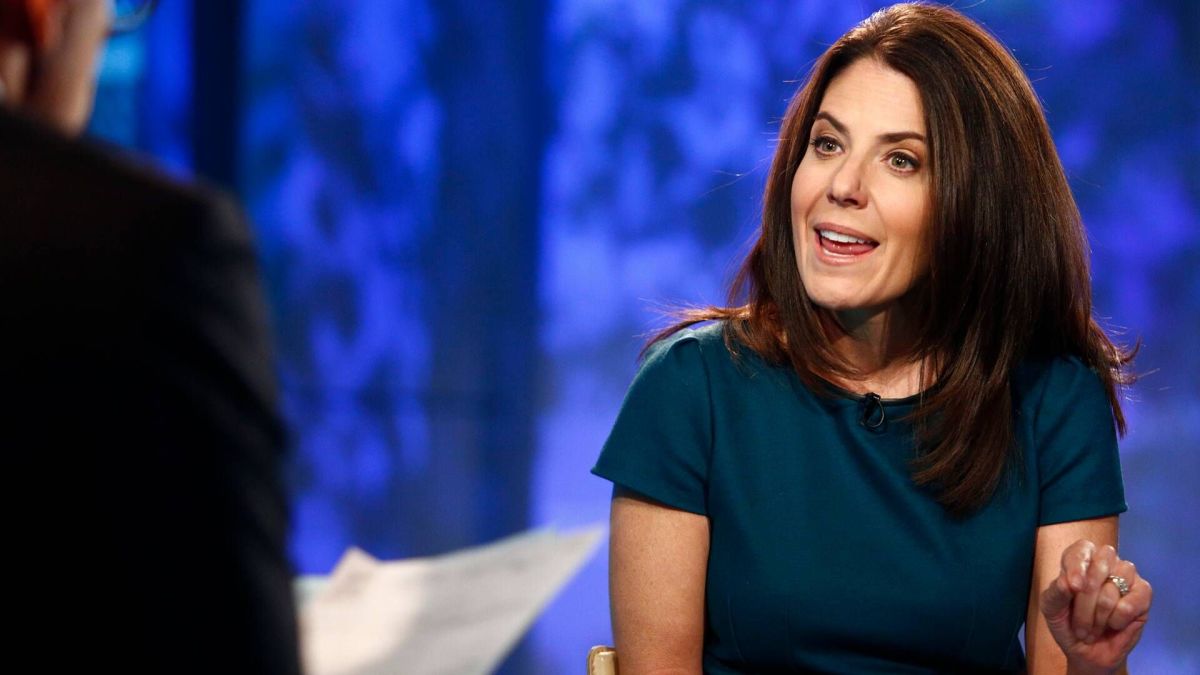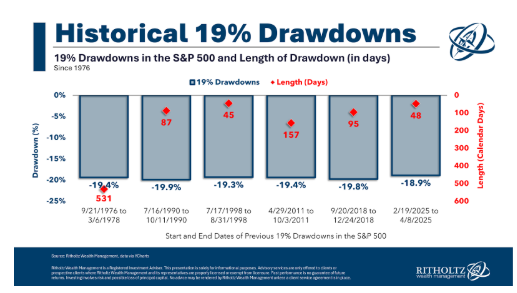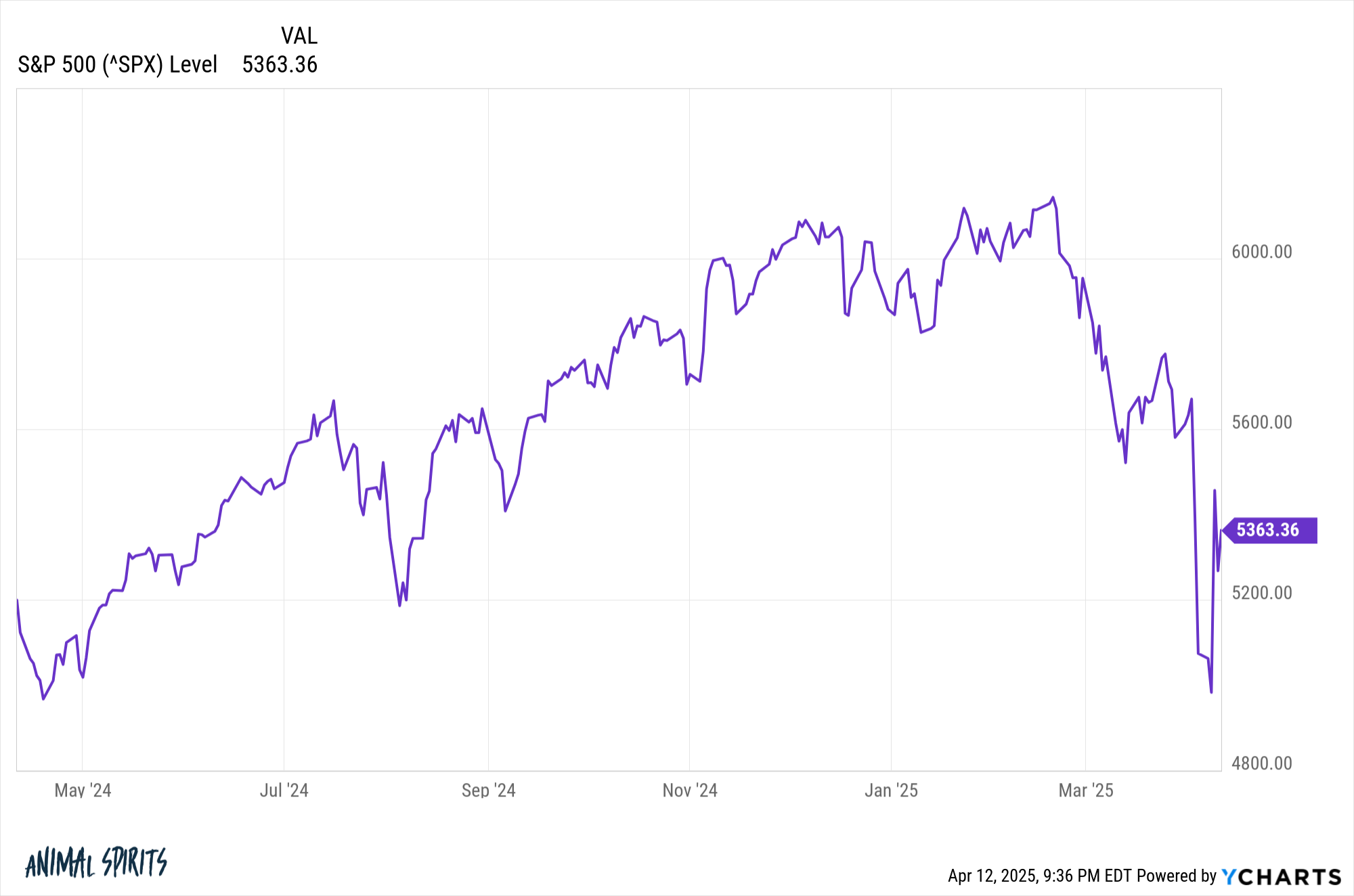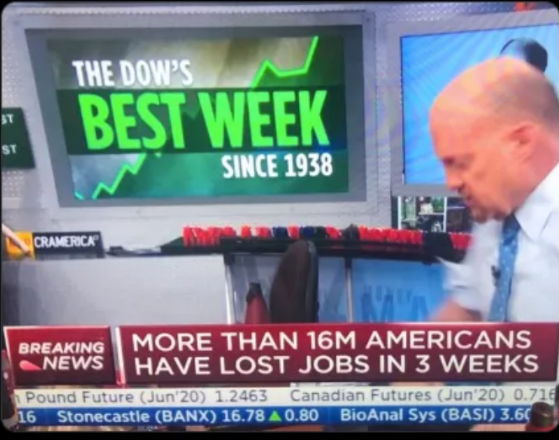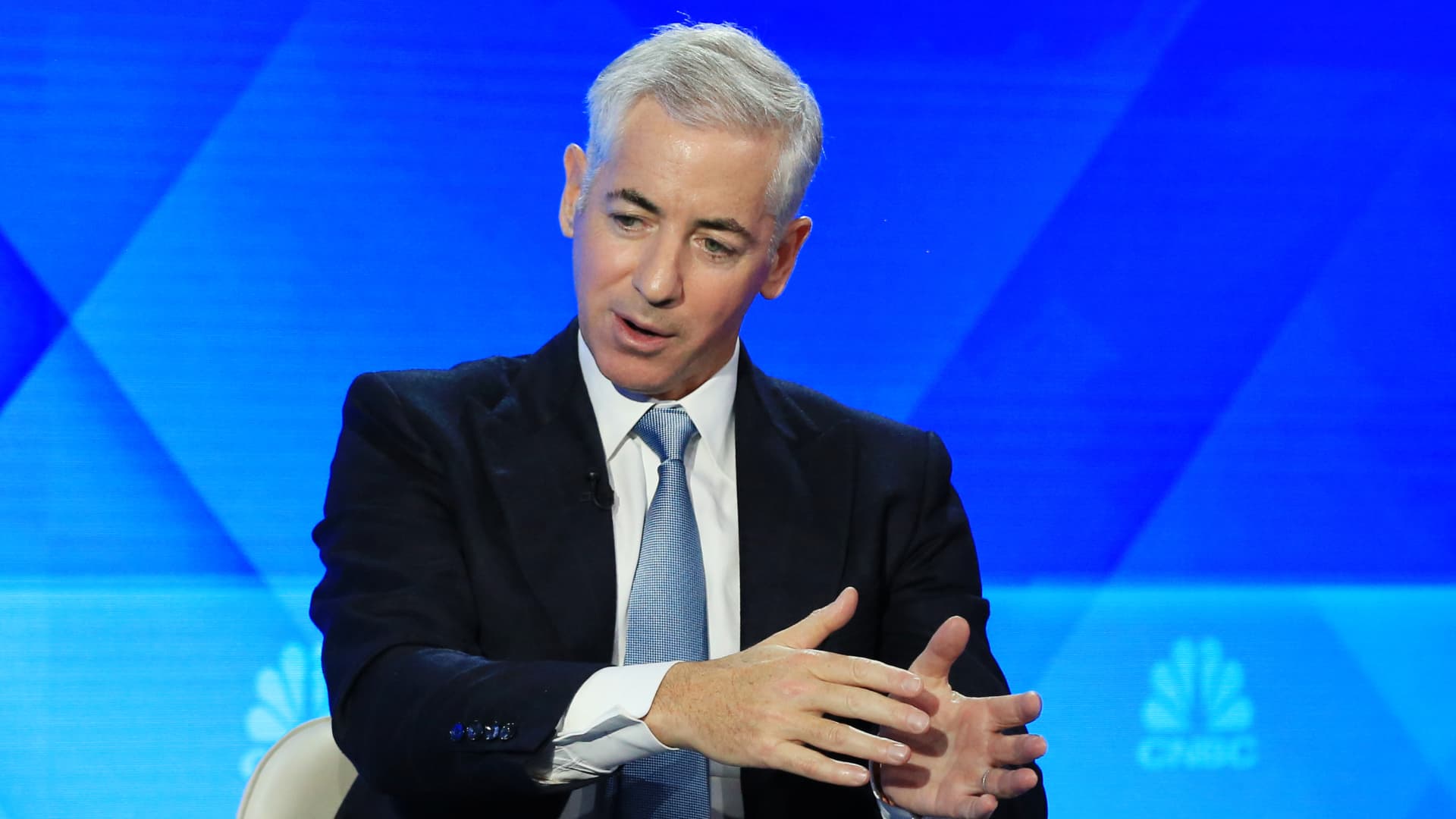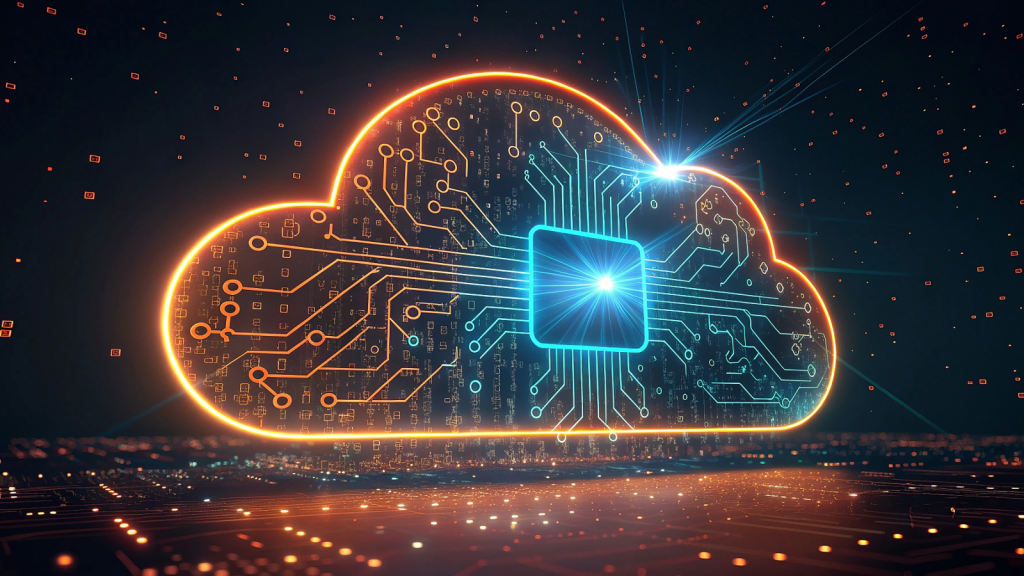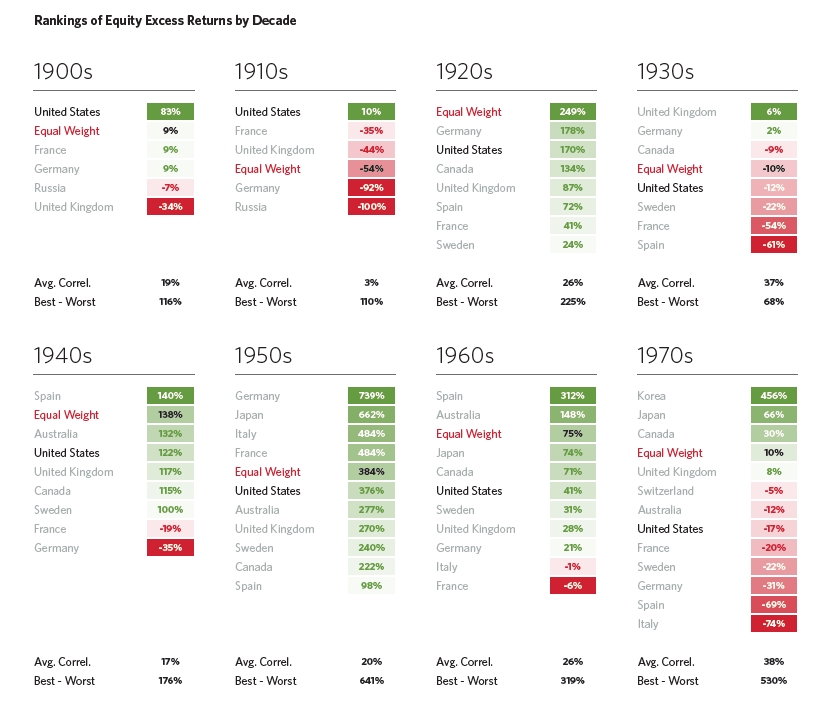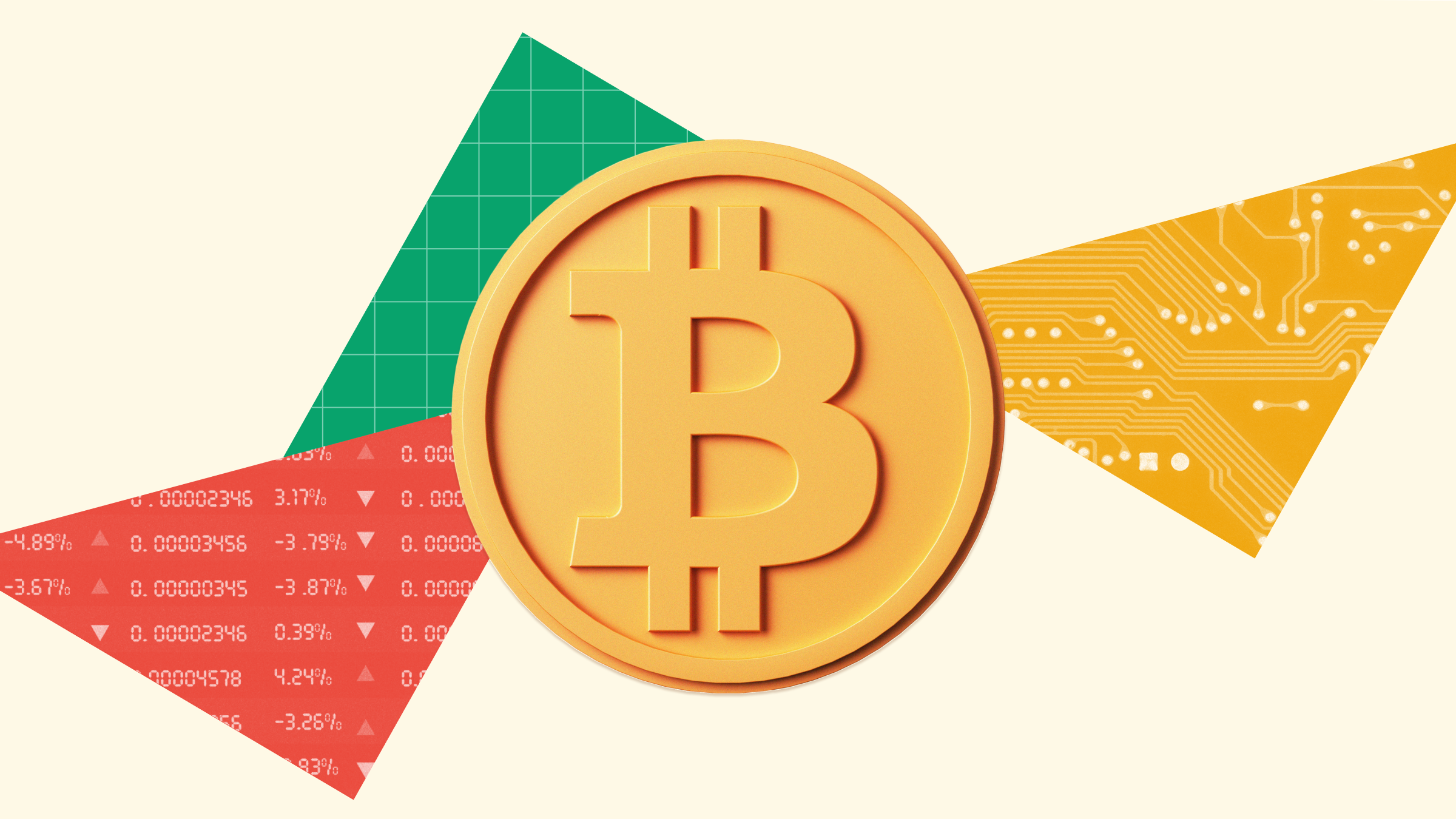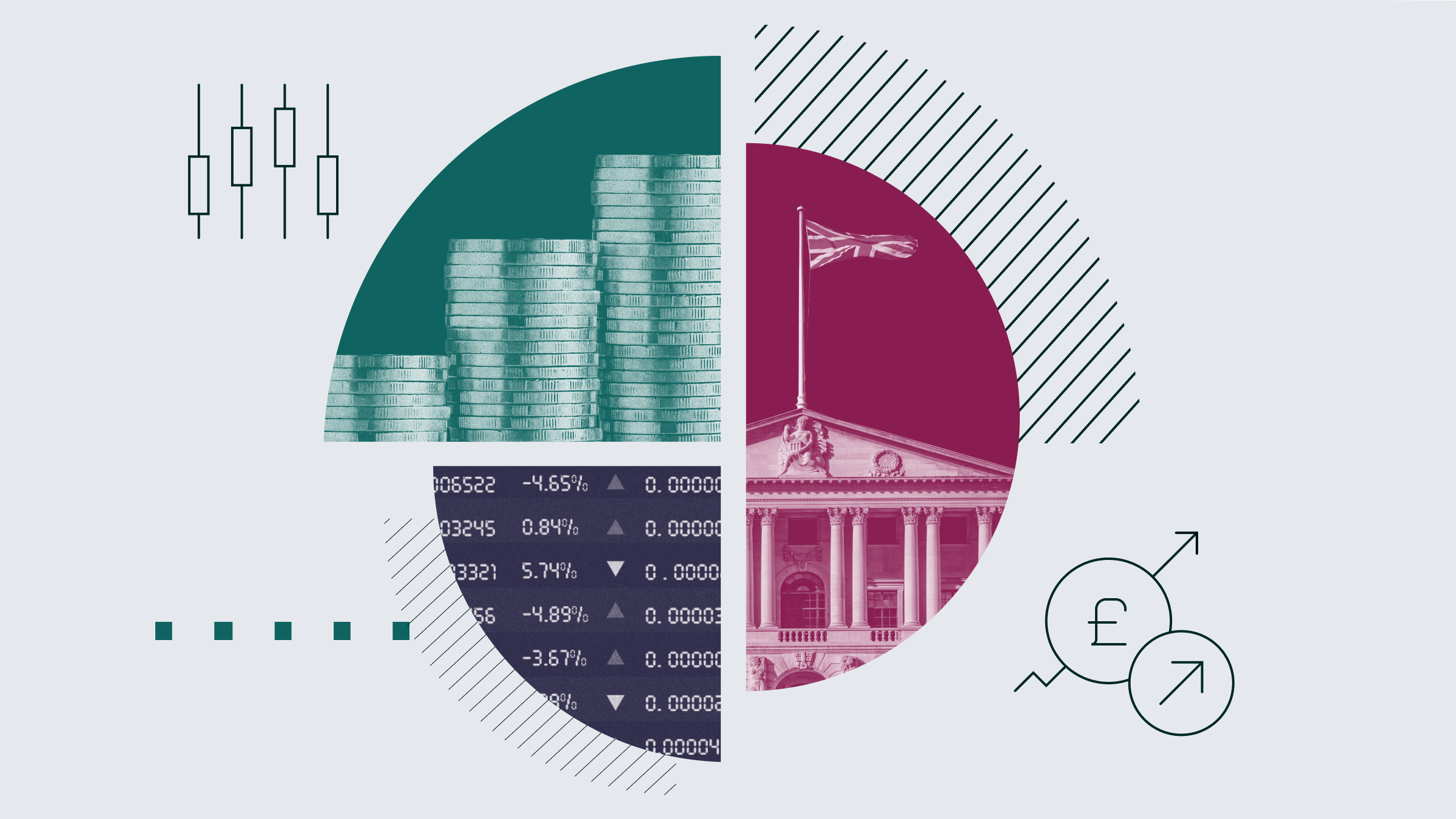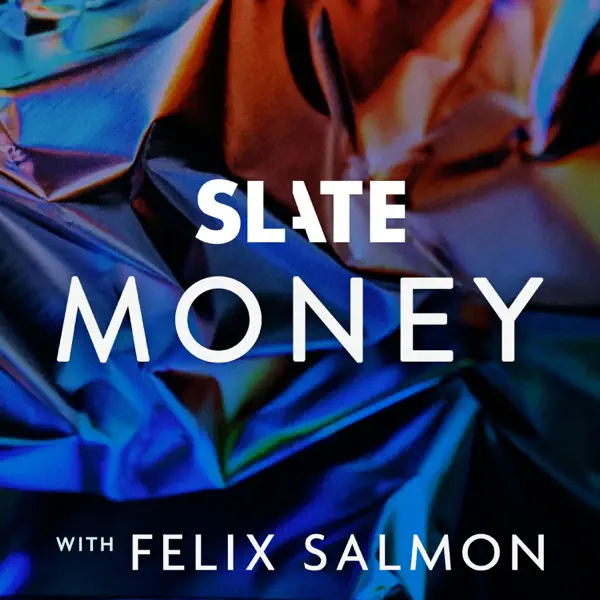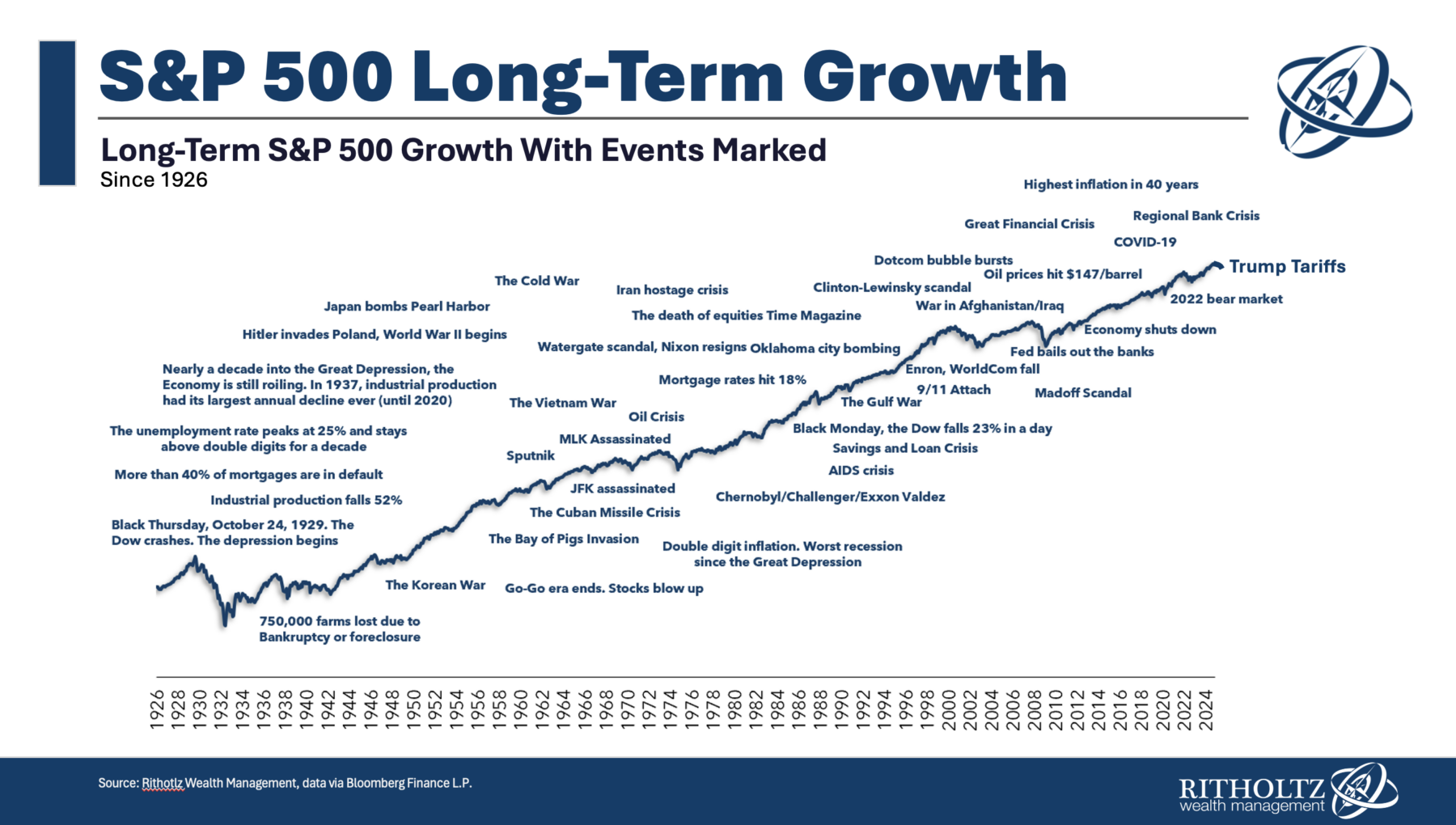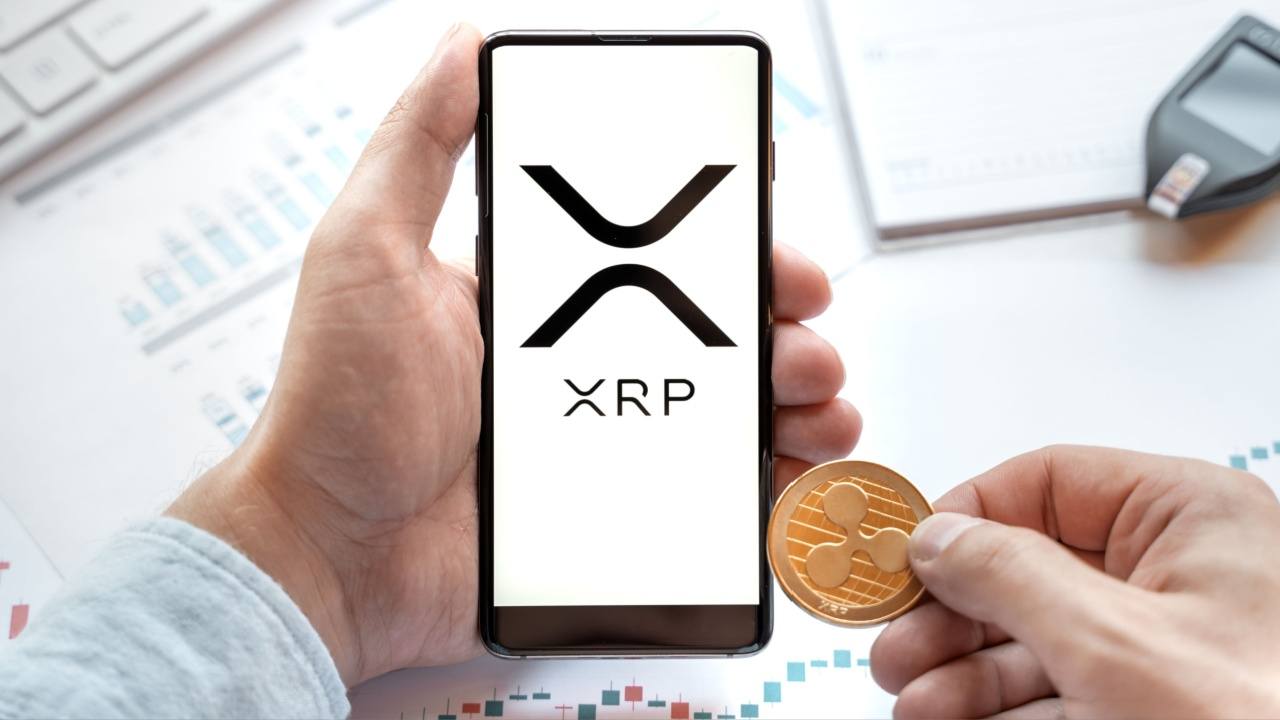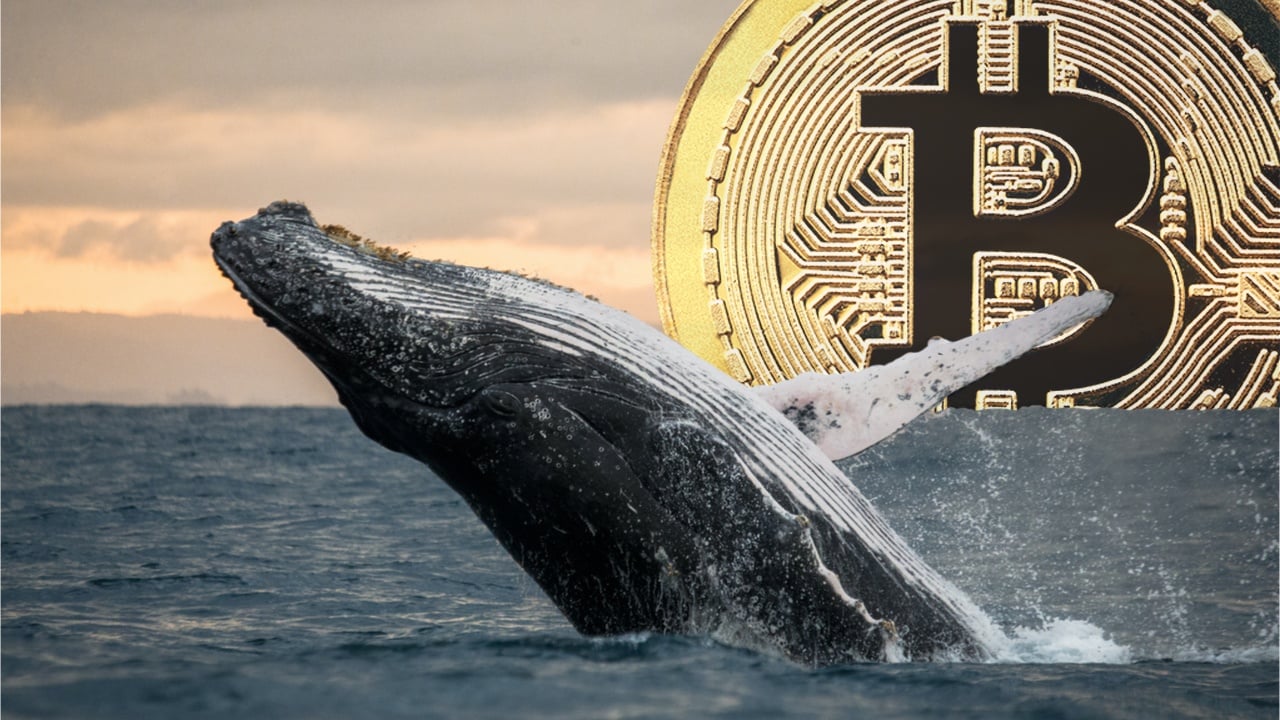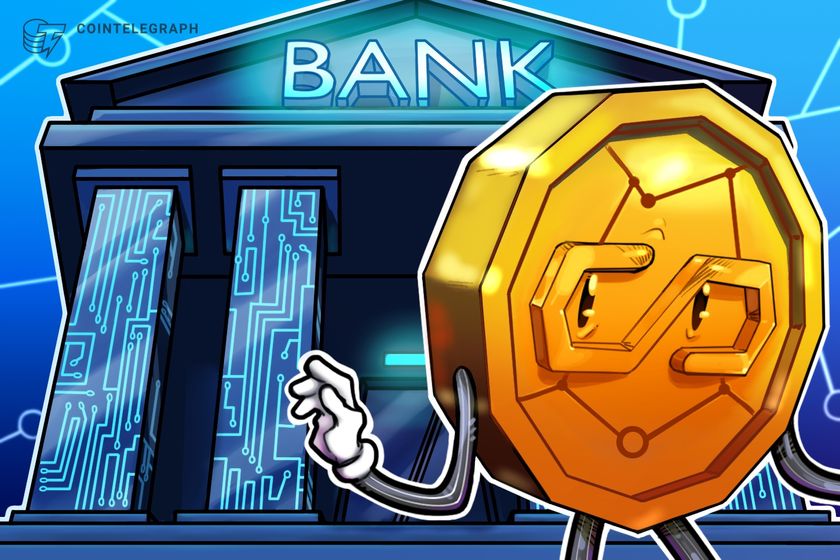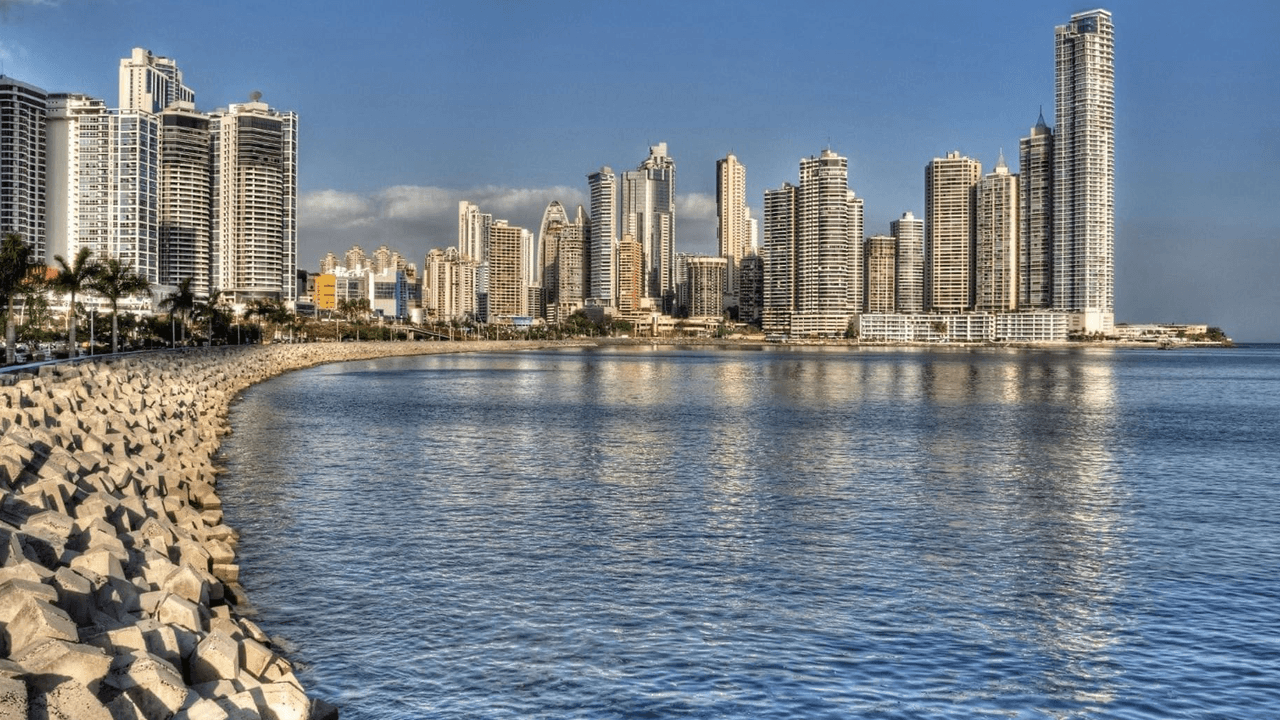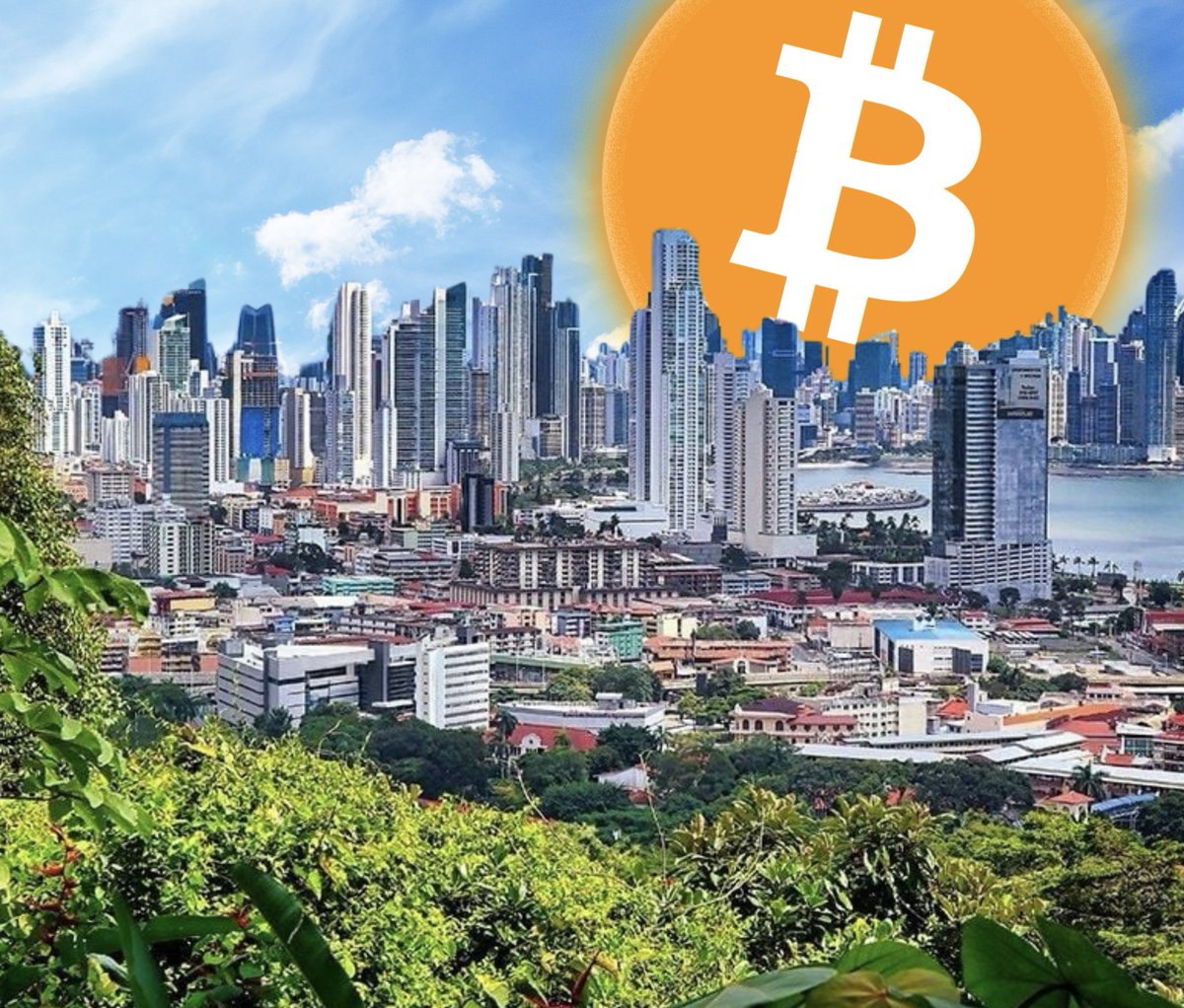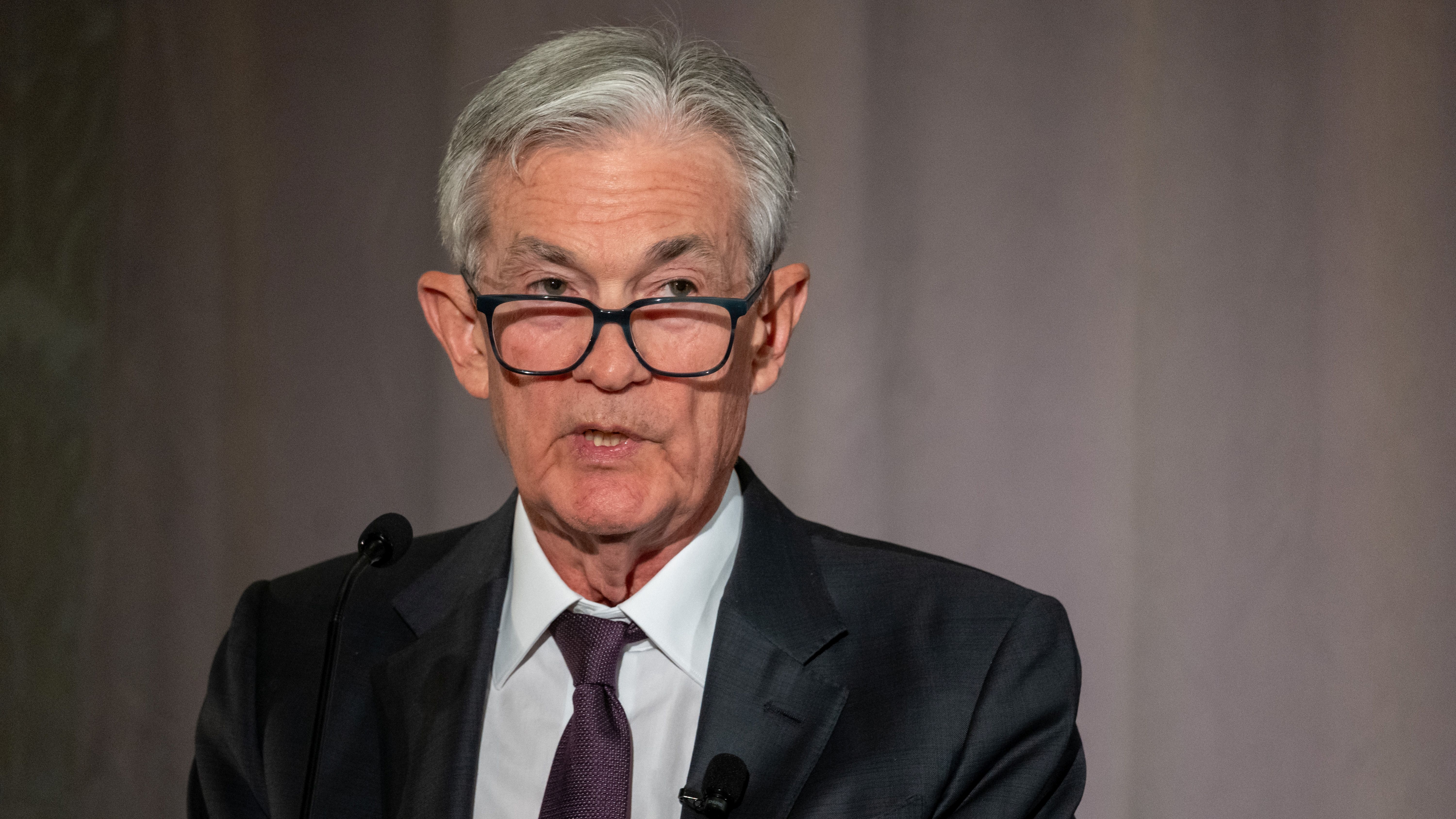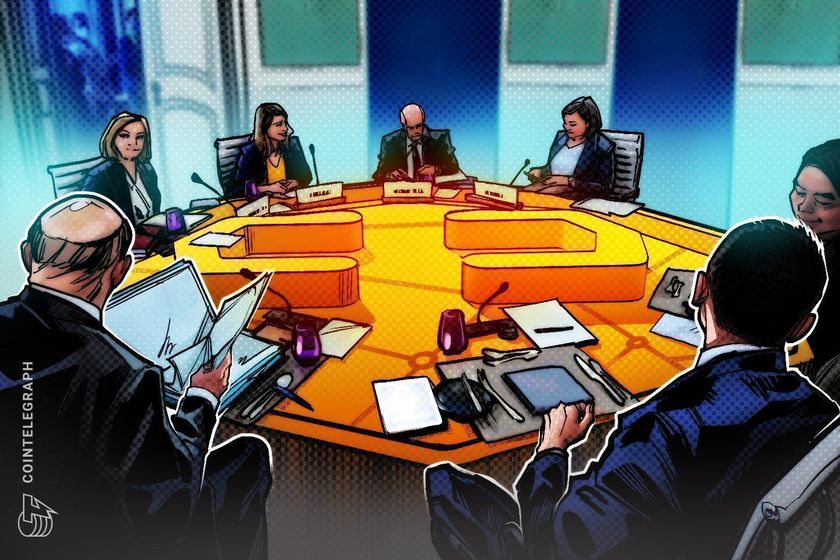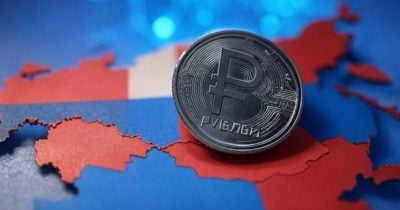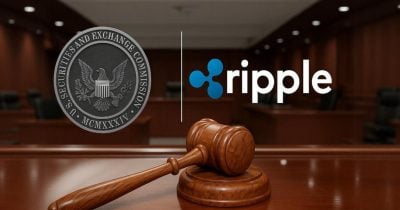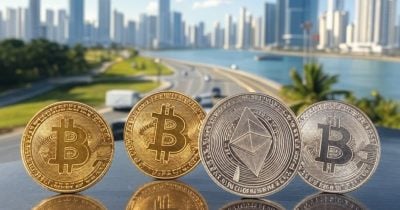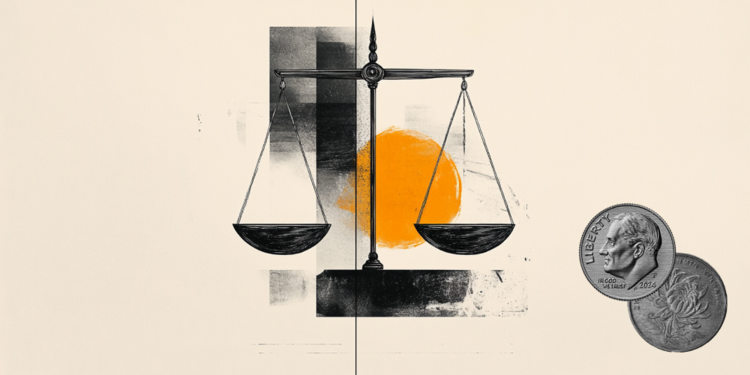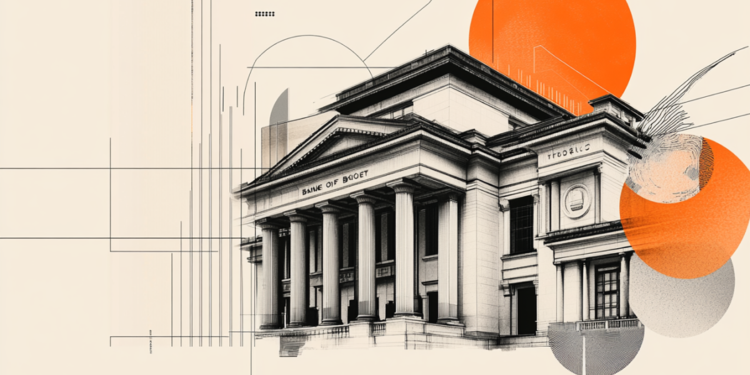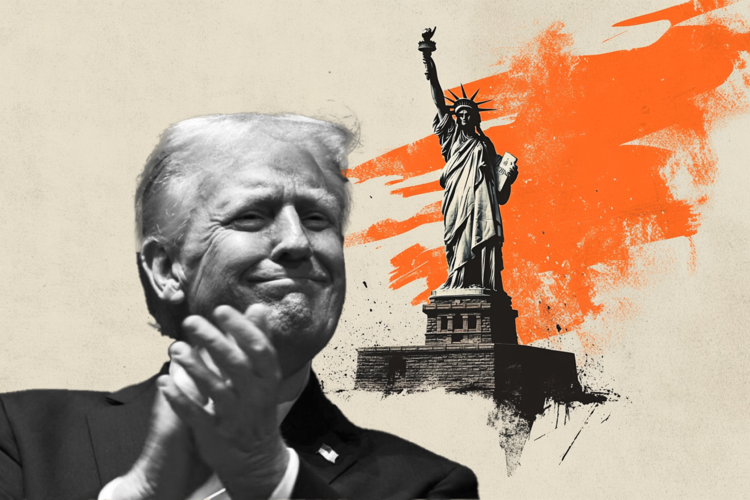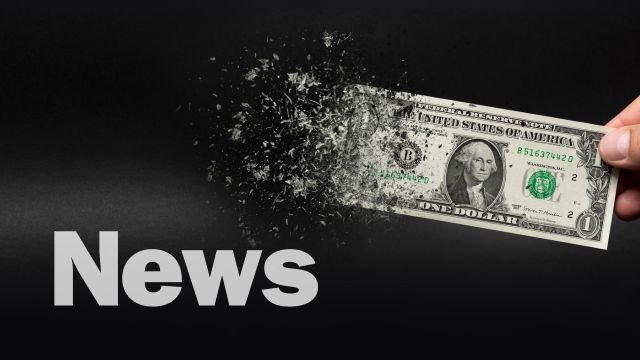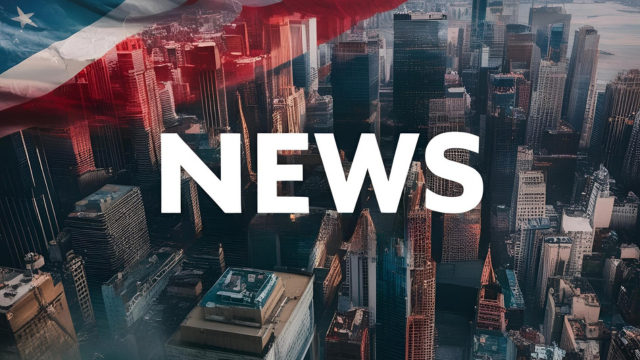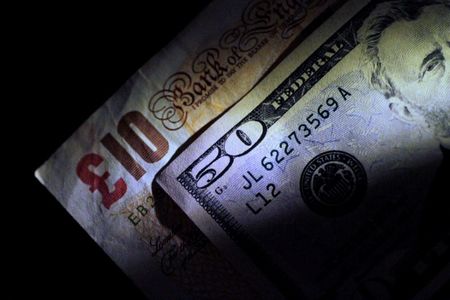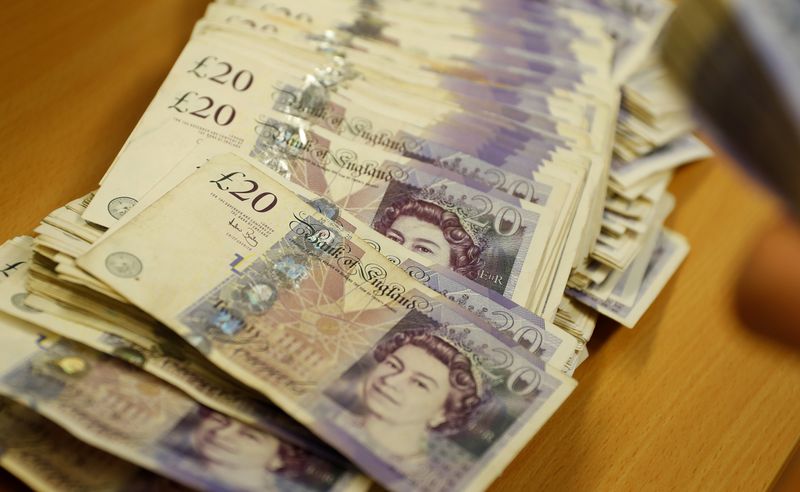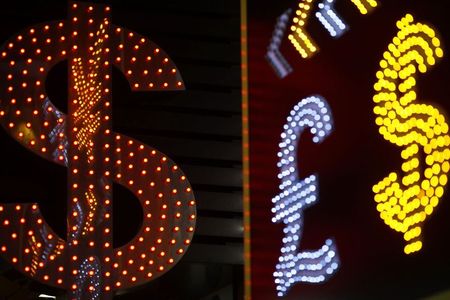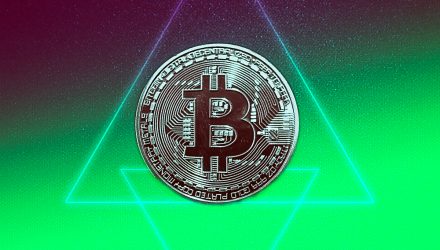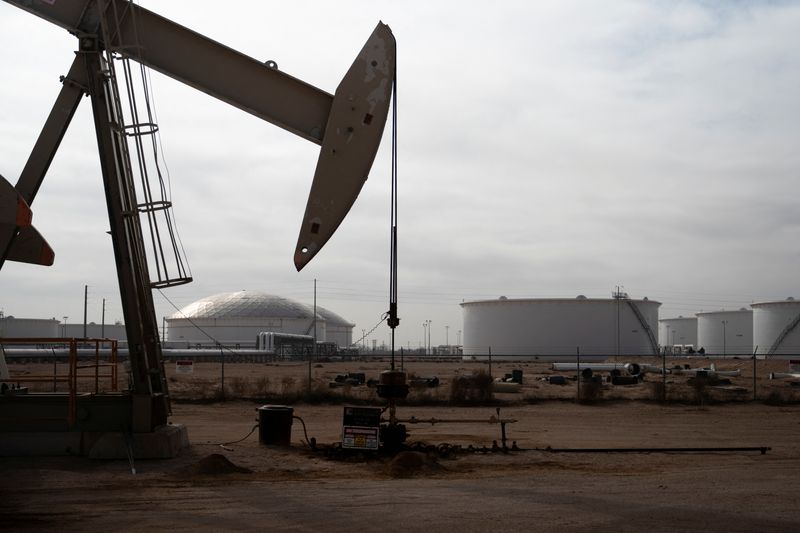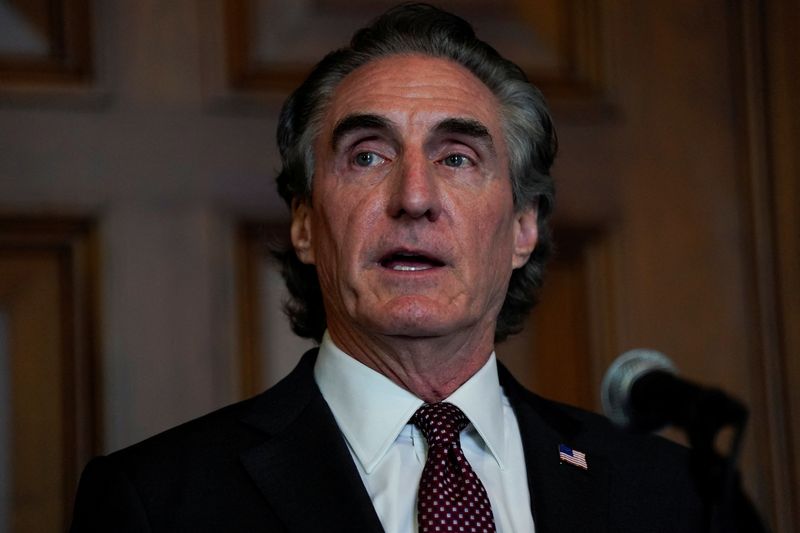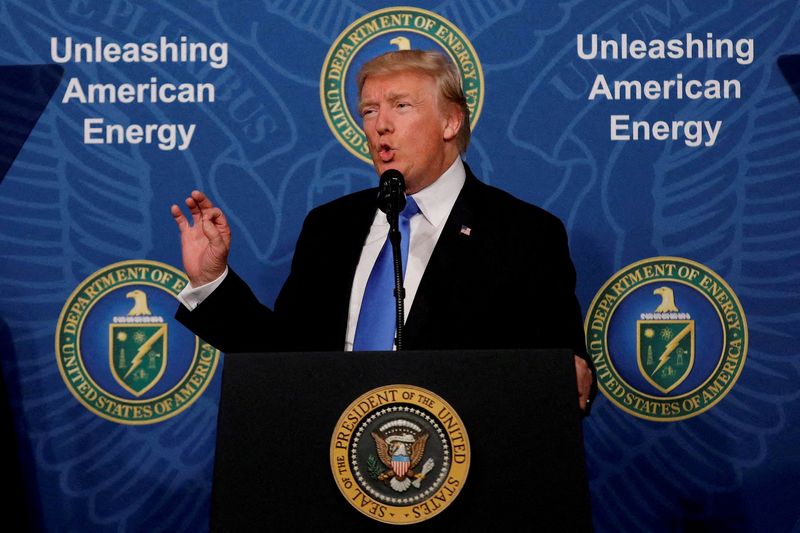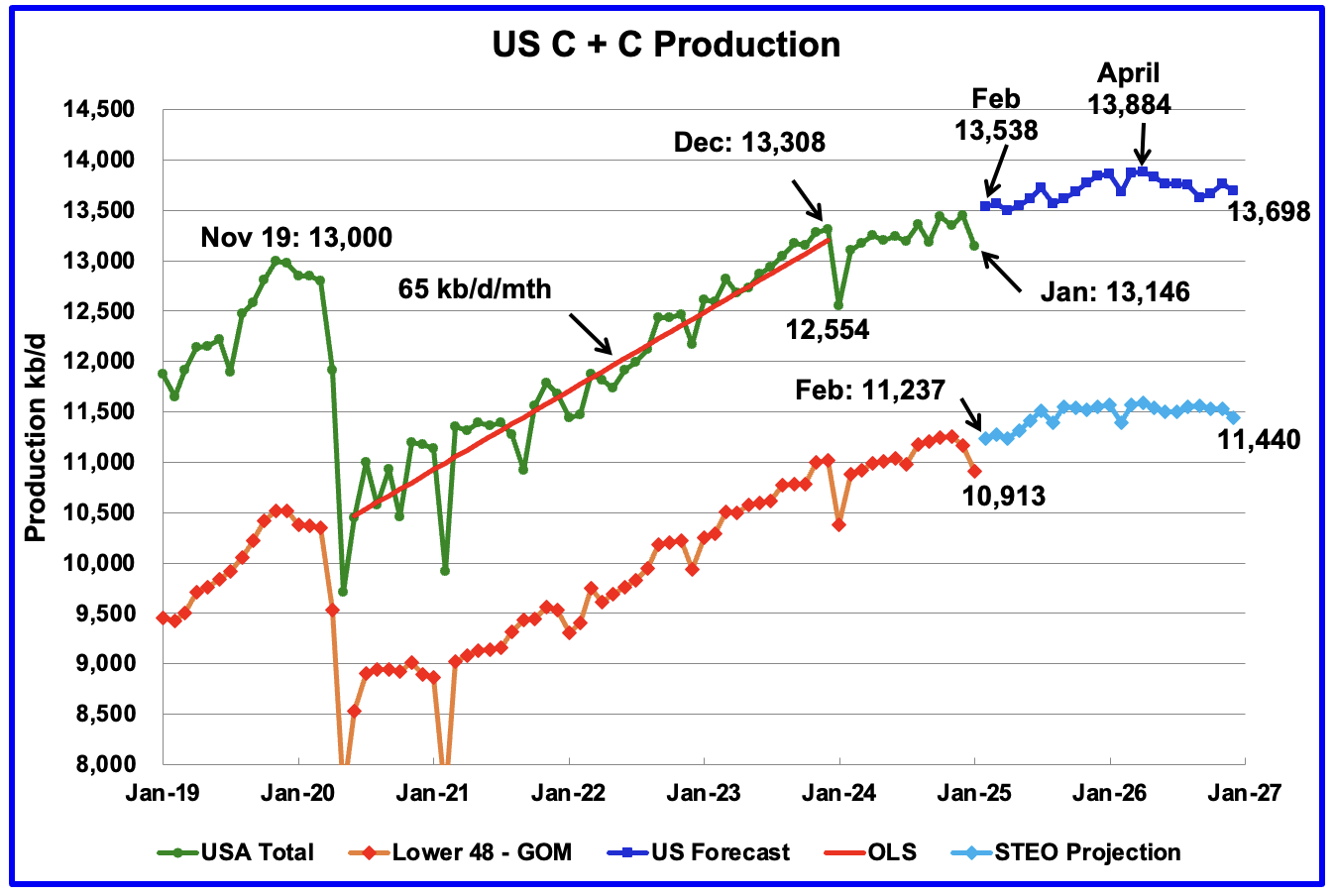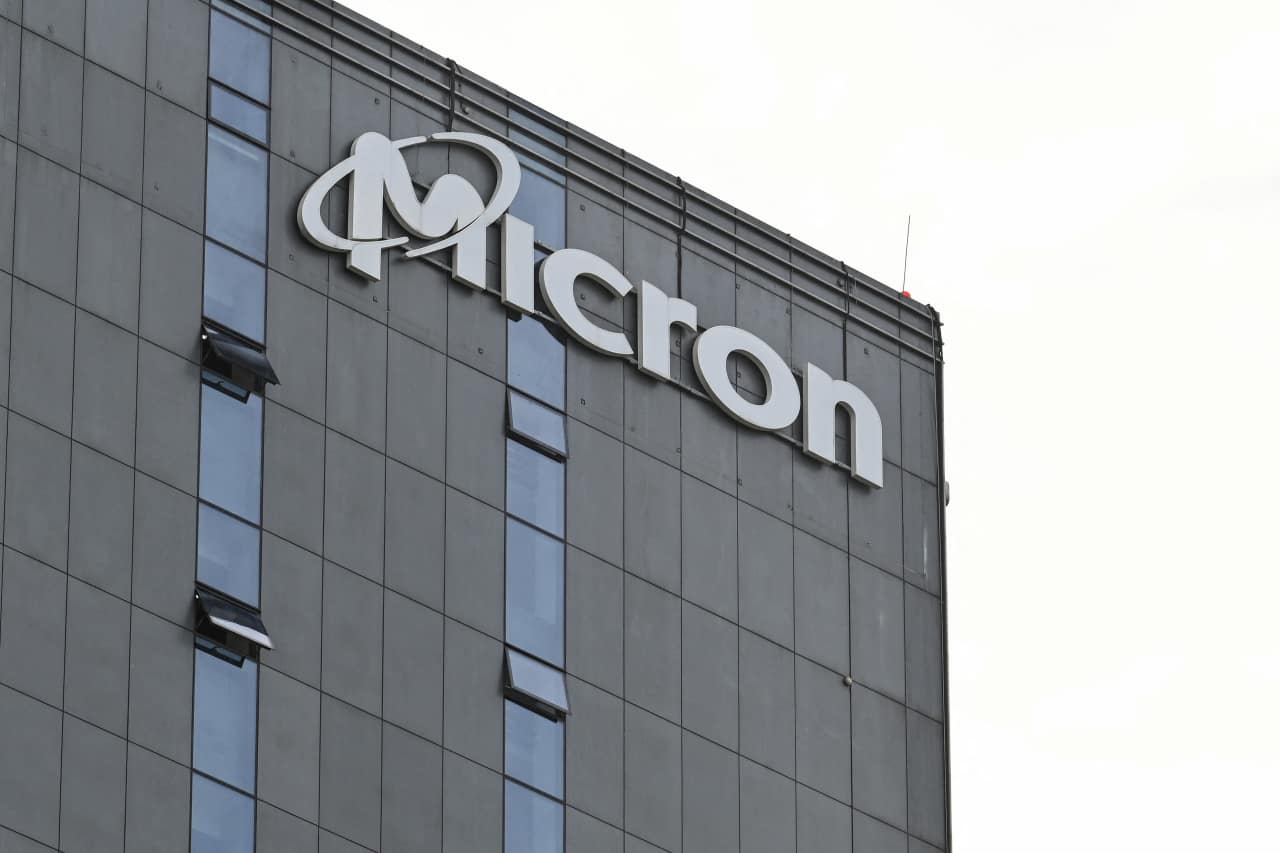This U.S. President Oversaw the Worst Bout of Inflation
If you’re sick of not only paying high prices due to inflation but hearing about them in the news as well, you’re not alone. But is it really as high as people say? Is it worse? How does our current inflation compare to previous periods in our history? We looked through the data and found […] The post This U.S. President Oversaw the Worst Bout of Inflation appeared first on 24/7 Wall St..
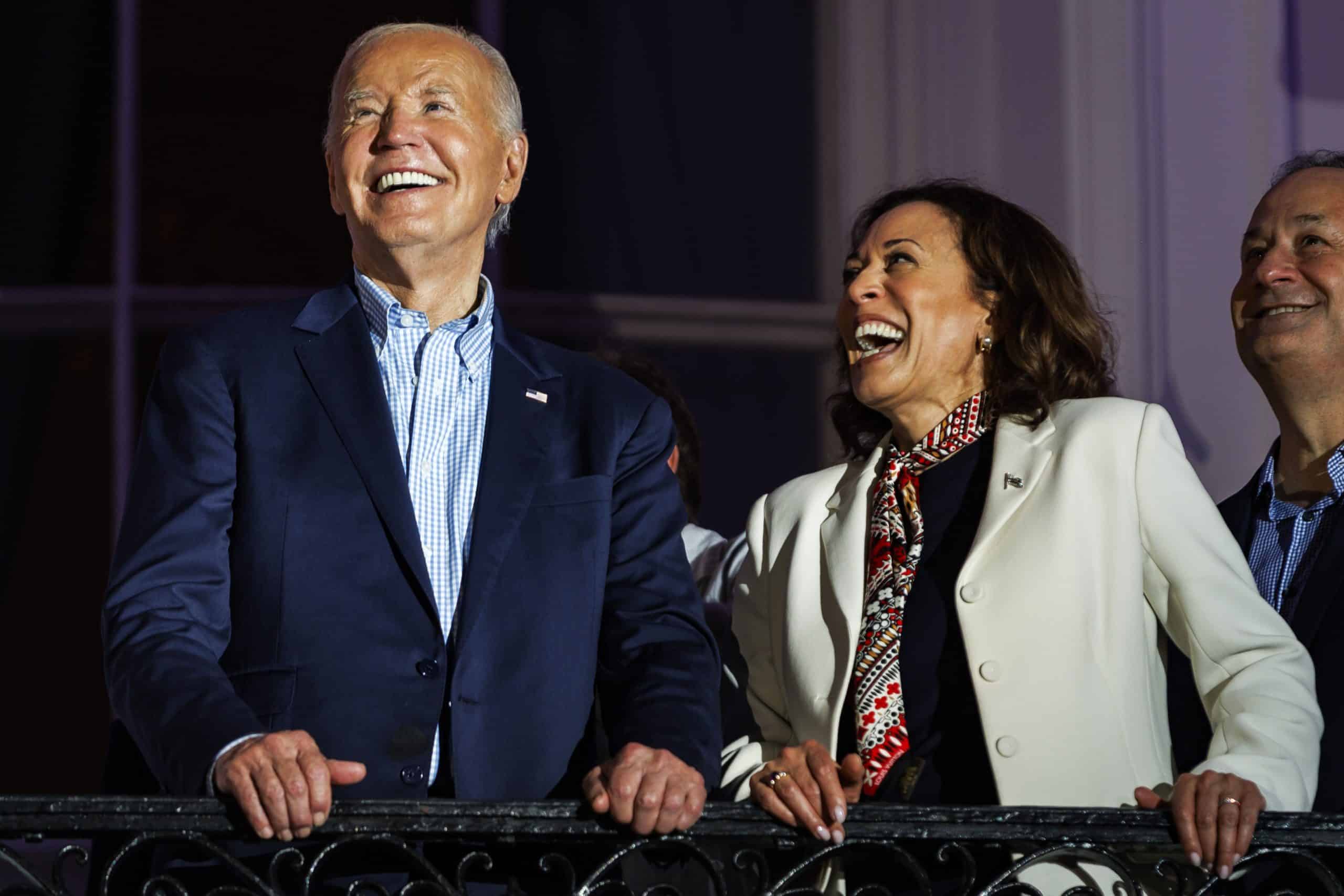
If you’re sick of not only paying high prices due to inflation but hearing about them in the news as well, you’re not alone. But is it really as high as people say? Is it worse? How does our current inflation compare to previous periods in our history?
With the growth of modern capitalist systems, inflation has grown regularly, gradually eliminating the savings of normal people.
Corporate profits, government debt, and high home prices have all contributed to current high inflation rates.
Are you ahead, or behind on retirement? SmartAsset’s free tool can match you with a financial advisor in minutes to help you answer that today. Each advisor has been carefully vetted, and must act in your best interests. Don’t waste another minute; get started by clicking here here.(Sponsor)
Key Points
We looked through the data and found periods of extreme inflation in the history of the United States, which presidents were in office during those times, and what they did to fight it. Here is our list of the presidents with the highest inflation rates.
Background on Inflation
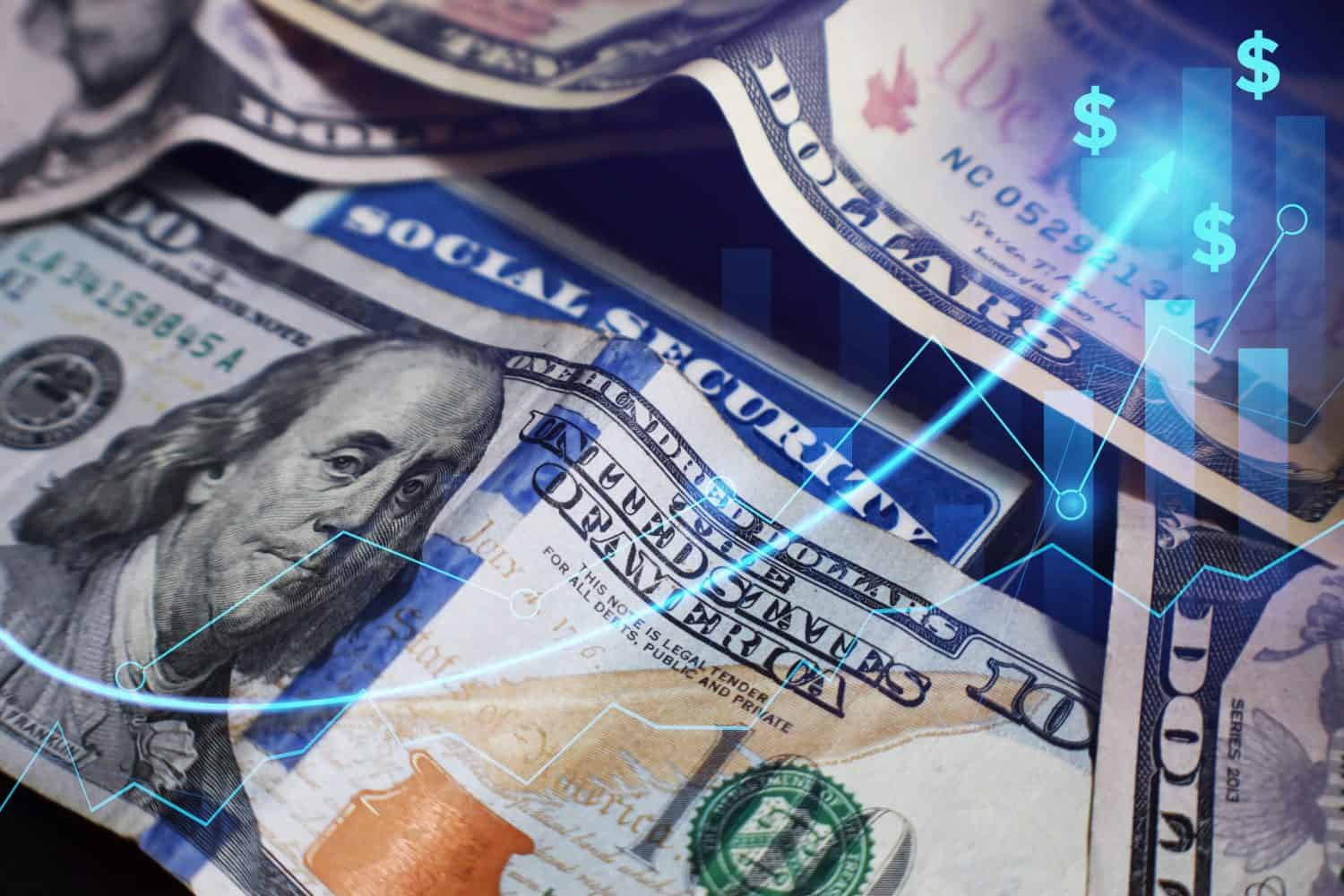
Throughout history, there have been extended periods of inflation and deflation, yet during the last few decades there has only been regular inflation. Why? The simple answer is that the ruling class and rich capitalists love stability. The predictable nature of regular inflation makes generating income easier and more reliable, so the economy has been structured in a way to ensure that inflation is always growing at a predictable rate.
Some people are surprised to learn that the Federal Reserve of the United States doesn’t want to eliminate inflation. In fact, it has a target inflation rate of 2% and will use whatever powers at its disposal to try and reduce inflation to that level or increase it if it needs to.
Economists and political scientists have had numerous theories about what causes inflation and the effect it has on the economy, with modern economists relying on only the current incarnation of these theories. These theories began to break down during the 2021–2022 inflation spike when most countries experienced record inflation. However, the typical culprits of the COVID-19 pandemic, the Russian invasion of Ukraine, and government debt didn’t quite explain the rise in inflation.
This led economists and market experts to point the finger at giant corporations that had shown record-high profits during this time, which should be impossible with normal inflation. With inflation, all goods increase in price, which should keep corporate profits relatively equal over time as they pay higher costs for materials but also charge higher prices for their own goods. Yet, corporations continue to show year-over-year increases in their profits, leading experts to conclude that corporate greed was the largest contributing factor to inflation during this time.
For this list, we found the ten presidents who had the highest average inflation rate throughout their presidency. We also included four presidents who had the highest inflation rate, but since data is scarce and currency inflation isn’t standard through history, we included their names but not their rank on the list, making this the list of the top 15 presidents with the highest inflation.
#15 John Hancock
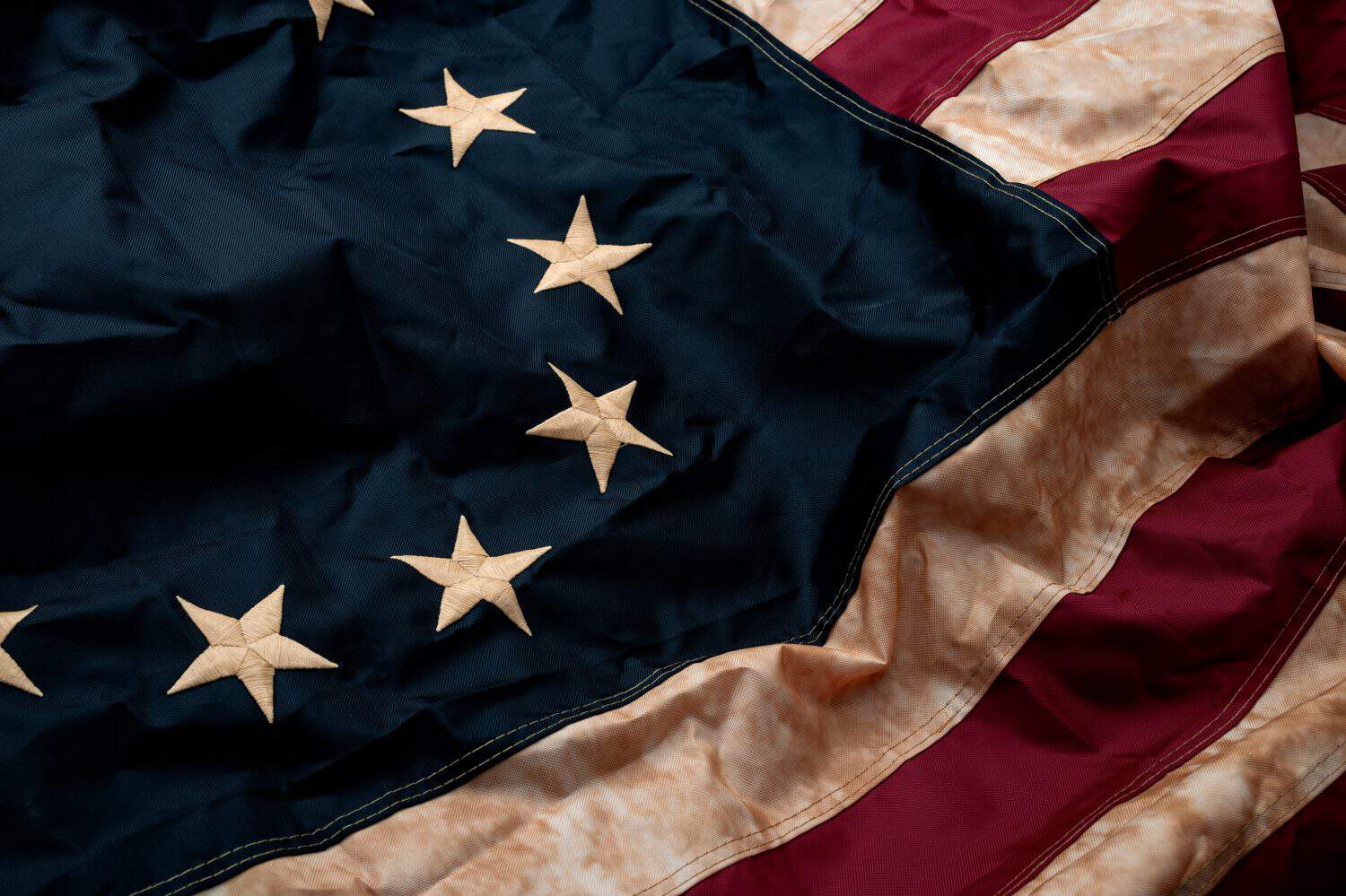
- Highest inflation rate: 29.78%
John Hancock was the President of the Continental Congress from 1775 to 1777, during the American Revolutionary War, and was followed by the first President of the United States, George Washington. This is the highest inflation rate recorded in the history of the United States.
During the war, the United States borrowed significant amounts of money from foreign countries, especially France, and owed $40 million to the state governments and another $25 million to private citizens who had sold supplies to the U.S. forces. They had also issued promissory notes that they now had to pay.
By 1780 the country had paid over $400 million in paper money notes to its soldiers. The few reforms the government tried to implement to halt inflation only made it worse, devaluing the existing currency.
The average inflation rate for each of the states from 1775 to 1783 was around 4.3% which led to food riots across the country. Great Britain also counterfeited significant amounts of American dollars in order to destroy the ability of the U.S. to wage war.
#14 Abraham Lincoln
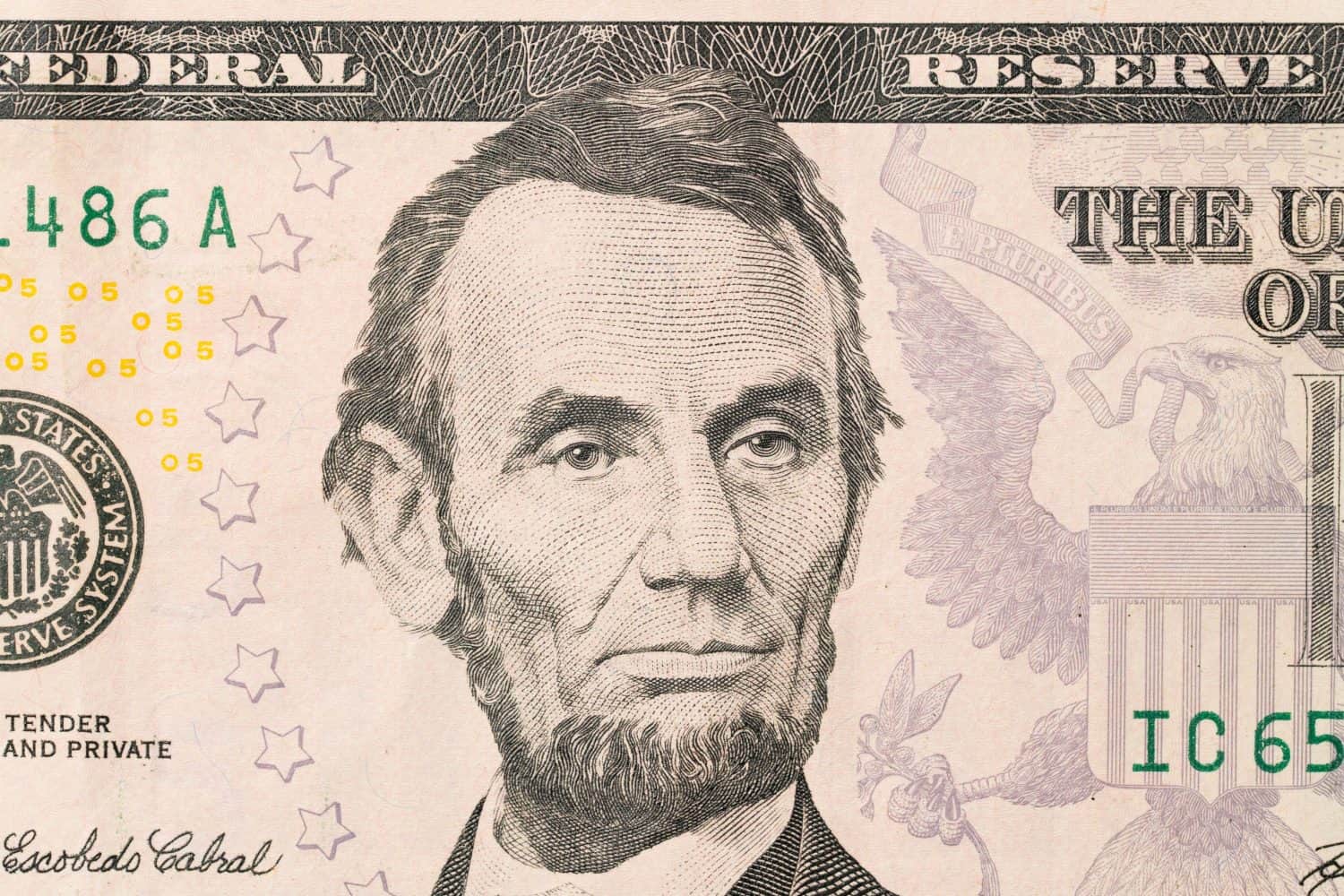
- Highest inflation rate: Approximately 25%
In order to finance the fighting of the American Civil War, Abraham Lincoln and the United States government implemented the first federal income tax and the second and third versions of the Morrill Tariffs. This was not enough to pay for the war, however, and the government ended up passing the Legal Tender Act which let them print $150 million in “greenbacks” currency which was not backed by a valuable metal like gold. It also passed a heavy excise tax and the first inheritance tax.
Inflation exploded during this time as war raged through the country. The imposed taxes were primarily paid by the rich since the average worker made $600 per year and the first tax was 3% on everything over $800. Subsequent taxes also required more of the rich. This income tax would be abolished in 1872, but the government had learned that income tax was a valuable way to pay for war (which continues to this day).
#13 Woodrow Wilson
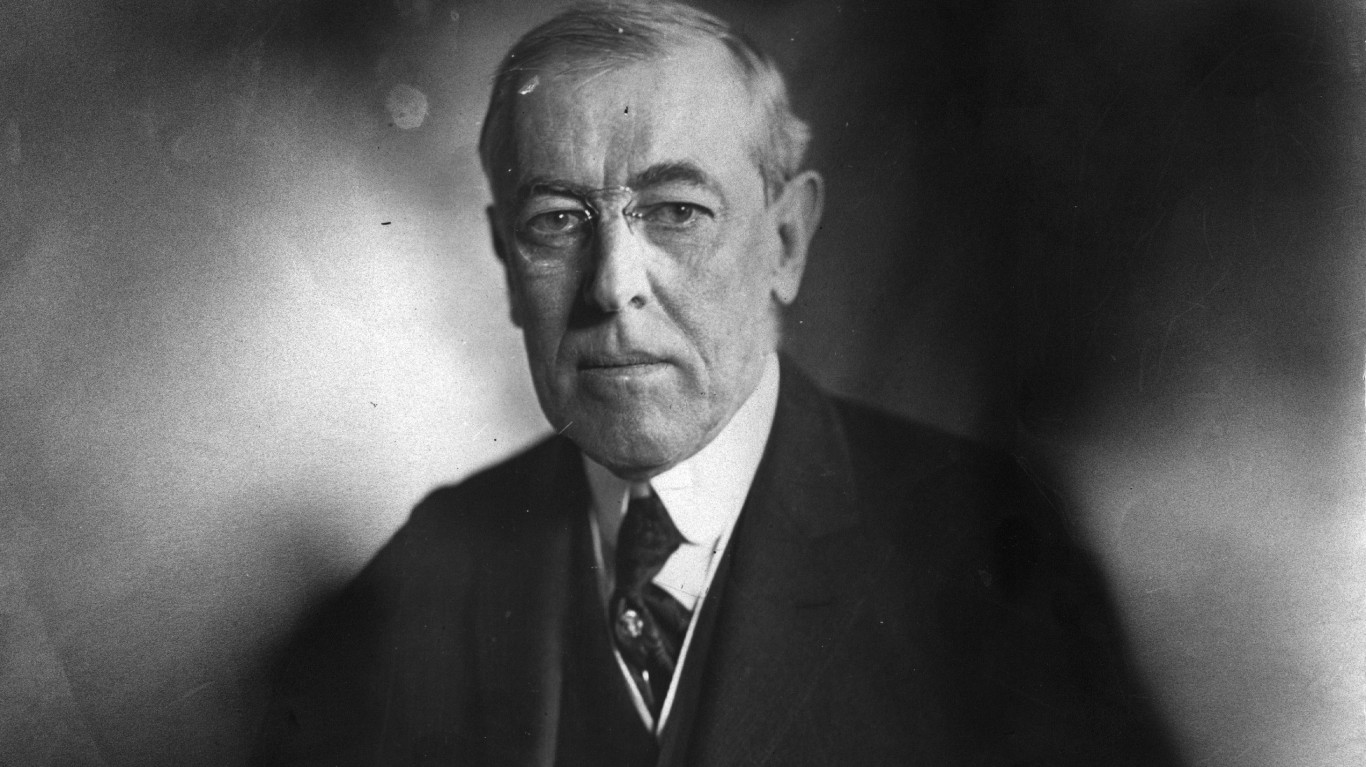
- Highest inflation rate: Approximately 20.49% in 1917
In order to pay for World War I, Woodrow Wilson and the United States needed huge amounts of money (about $2.5 trillion in 2021). It raised around 36% of the cost from taxes and another 64% from selling bonds. Most of the tax revenue came from income taxes on the rich and on corporate profits. The Federal Reserve was still new at this time and it began printing massive amounts of money which raised inflation and doubled the prices of everyday goods, forcing the poor and middle class to suffer.
#12 James Madison
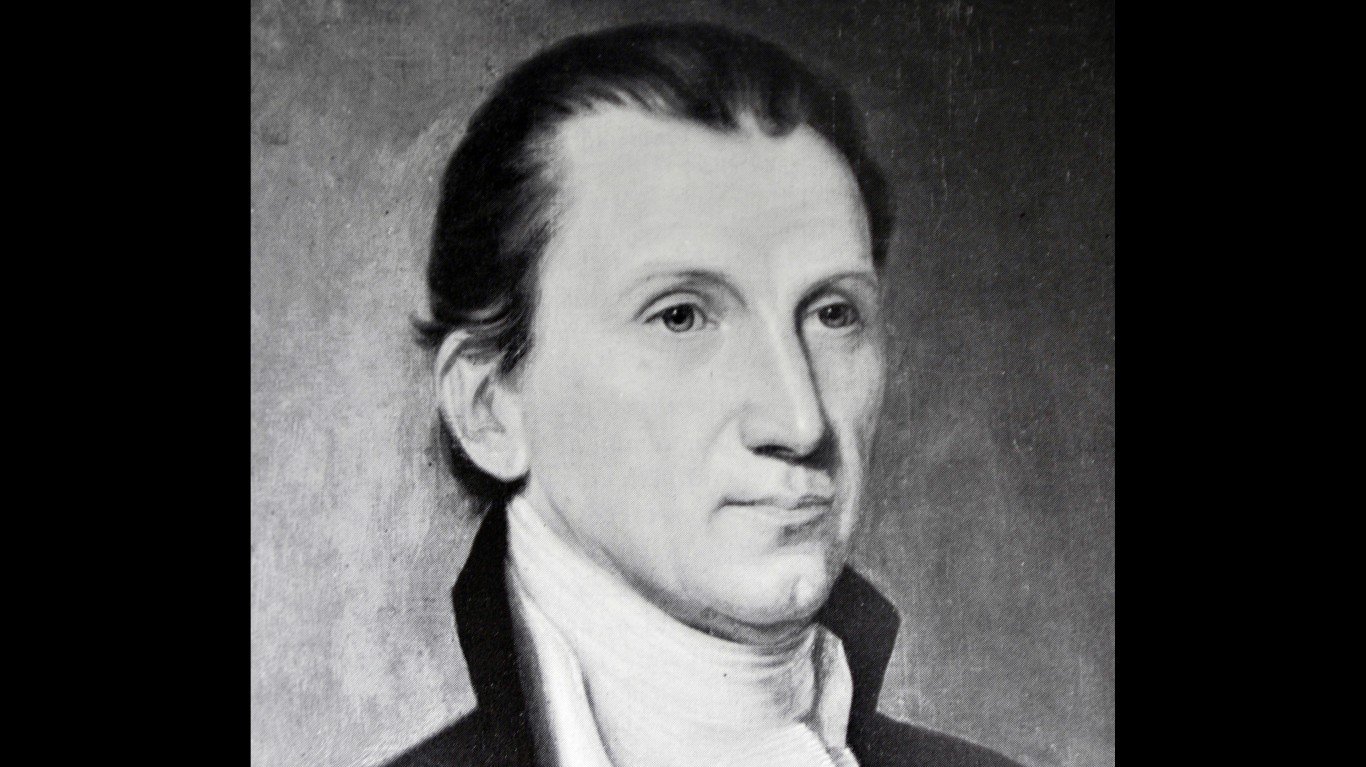
- Highest inflation rate: Approximately 20%
James Madison was the president during the War of 1812, during which the British blockade nearly destroyed the U.S. economy. The First Bank of the United States expired in 1811, meaning that the United States wasn’t prepared to pay for a war when it broke out. The government used treasury notes and suspended the need for specie payments (hard money) in order to finance the purchase of large amounts of supplies and manpower.
#11 Donald Trump
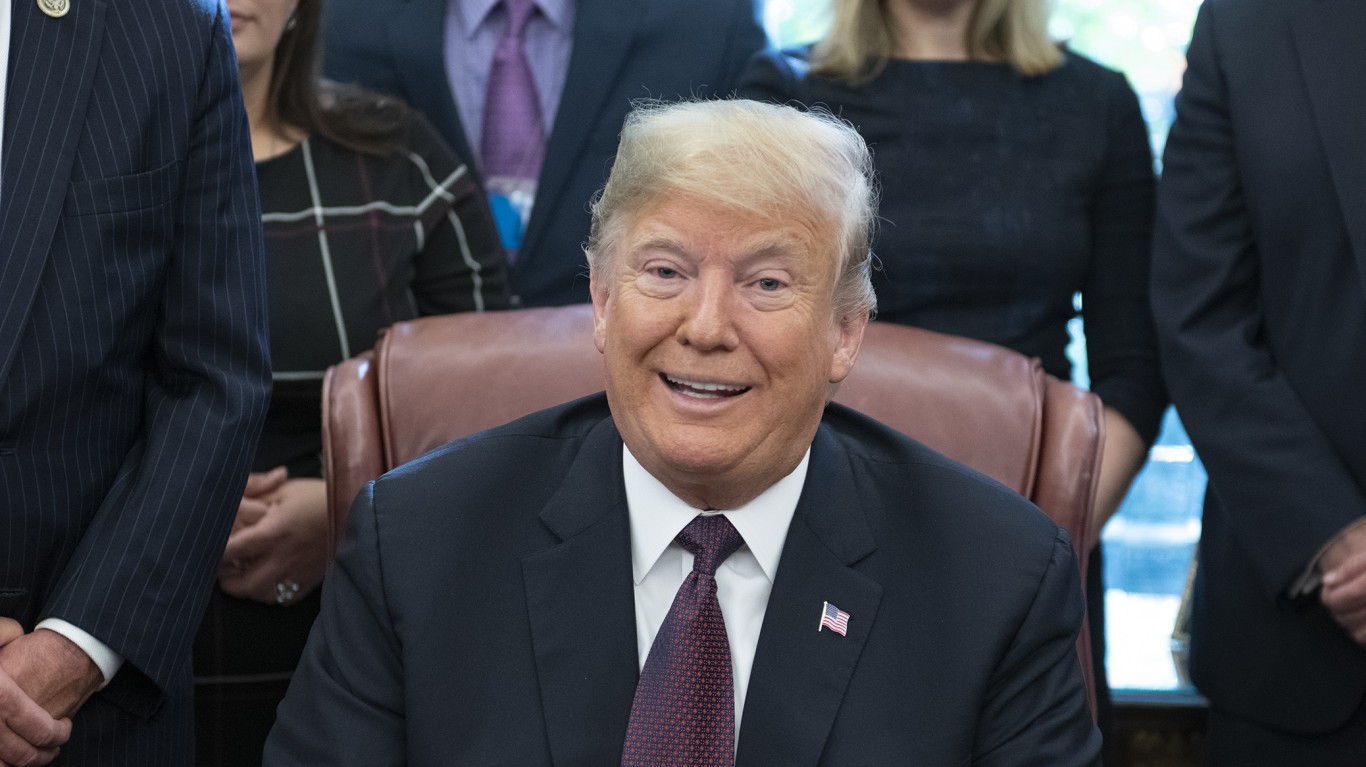
- Average inflation during presidency: 2.46%
Trump’s first term in office focused on economic protectionism, cutting taxes for the wealthy, deregulation, and intensifying core Republican policies that benefit corporate interests and the rich. His tax cuts and policies contributed massively to the U.S. national debt and created the third-biggest growth in the U.S. deficit out of all presidents.
During his time in office, Trump repeatedly attacked domestic producers, causing their stock prices to nosedive.
He promised to reduce America’s foreign trade deficit once he was elected, singling China out as a particular example. But during his time, the overall trade deficit increased, and America’s trade deficit with China reached a record high two years in a row.
Trump’s 2017 tax plan was a “huge windfall” for the rich, according to the New York Times, while providing no benefit to the bottom 1/3 of the population, with the top .1% of the country getting the most benefit.
Bloomberg News ranked Trump’s economy 6th out of the last seven presidents despite his claims that his economy was the best in U.S. history. It was during Trump’s first administration that the United States entered a recession.
According to the Siena College Research Institute, Trump is the third-worst president in U.S. history, while the C-SPAN 2021 Historians Survey ranked him as the fourth-worst overall and the absolute worst in leadership characteristics of moral authority and administrative skill. The American Political Science Association ranked him the worst president twice with Republican historians ranking Trump in the bottom five worst.
#10 George W. Bush
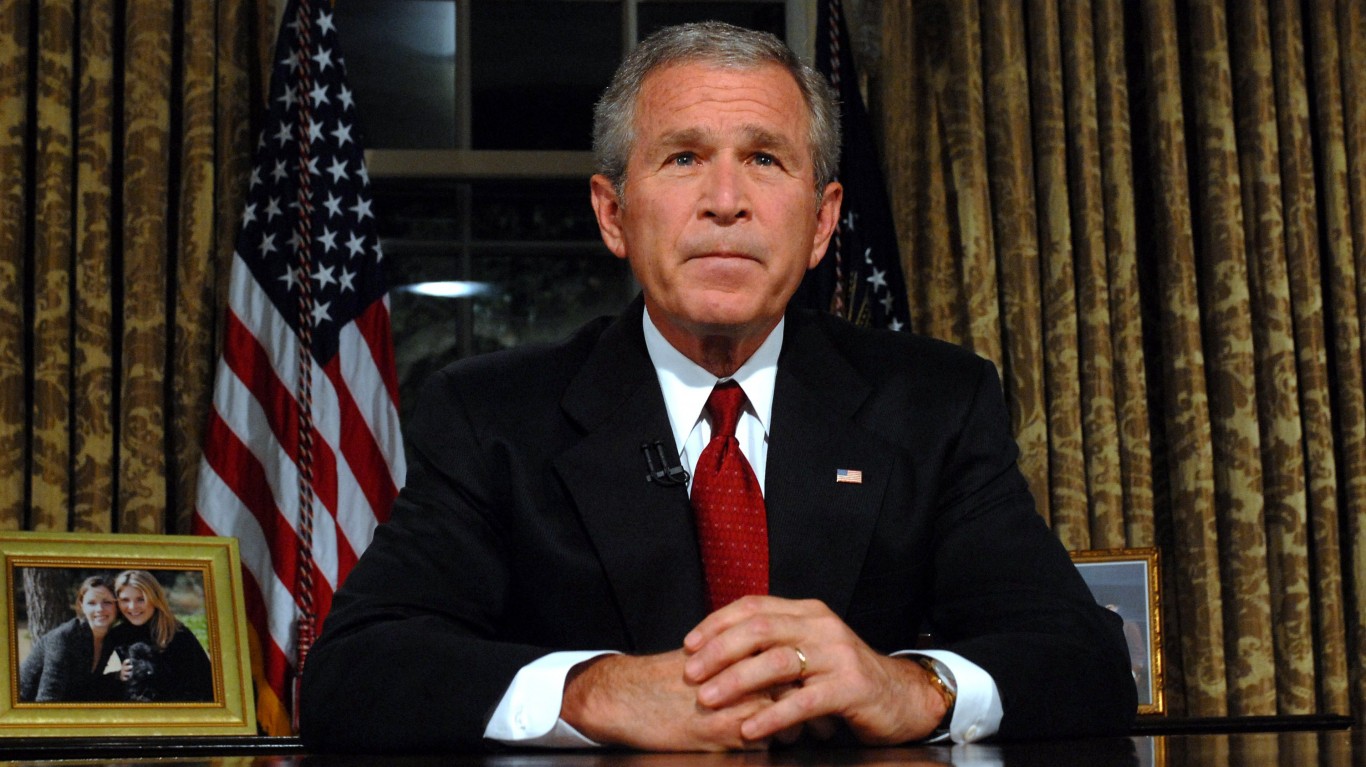
- Average inflation during presidency: 2.48%
Bush ran on promises of tax cuts, and he used the national budget surplus created by Clinton to pay for tax cuts, mostly for the wealthy. During his presidency, the budget deficit began growing again, and after the invasion of Iraq, and Afghanistan, and offensive operations in a handful of other countries, military spending exploded and inflation took off.
Bush also spearheaded the deregulation that led to the 2008 financial crisis. The massive bailouts paid to the banks contributed heavily to inflation.
The C-SPAN historian survey ranked Bush 36th out of the 42 presidents at that time.
#9 Bill Clinton
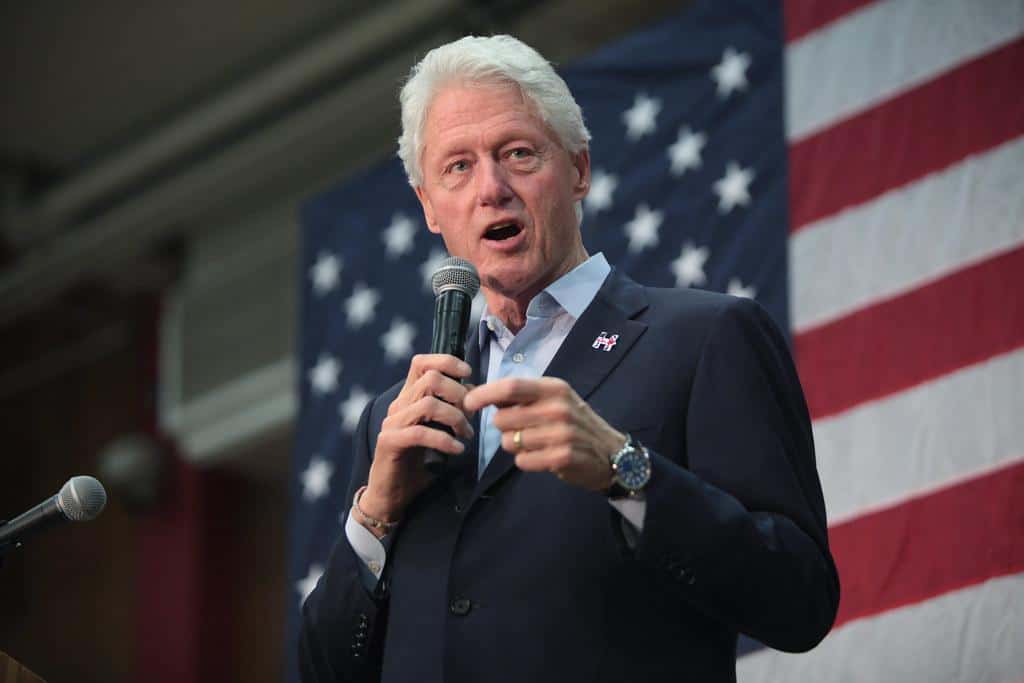
- Average inflation during presidency: 2.61%
Clinton’s time in office saw record-high government surpluses and record-low poverty. It also had the longest economic expansion in history and the lowest levels of unemployment since the 1970s.
Clinton inherited massive government budget deficits left behind by Reagan and Bush, but with his deficit budget reduction plan of 1993 and a growing economy, Clinton managed to achieve the first federal budget surplus since the 1960s.
Because the economy grew so fast, inflation was not a major concern for most people during this time, and it was regarded as a relatively low period of inflation by comparison, though Republican leaders repeatedly blocked efforts to raise the minimum wage and other welfare initiatives.
#8 Lyndon B. Johnson
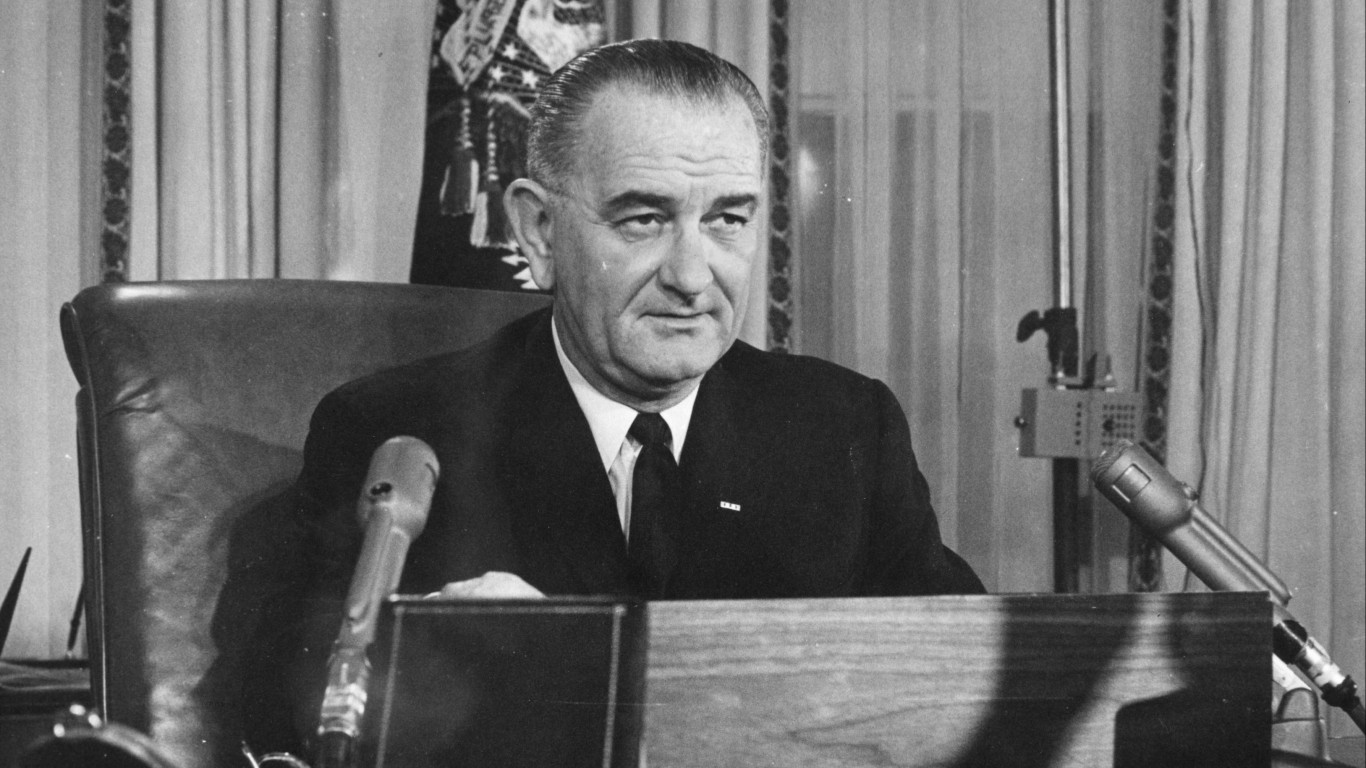
- Average inflation during presidency: 2.79%
Several military operations (see: coup) and the U.S. invasion and subsequent genocide in Vietnam led to huge government spending. This, combined with Republican-championed tax cuts for the rich and corporations, led to a huge government deficit, which doubled between 1966 and 1967 to $8.6 billion. Johnson eventually passed a new tax law that increased taxes and cut government programs, and a government surplus followed in 1969. But the problems caused by the U.S.’s invasion and devastation of Vietnam (both to the economy at home and in Vietnam) would persist for decades.
#7 Harry S. Truman
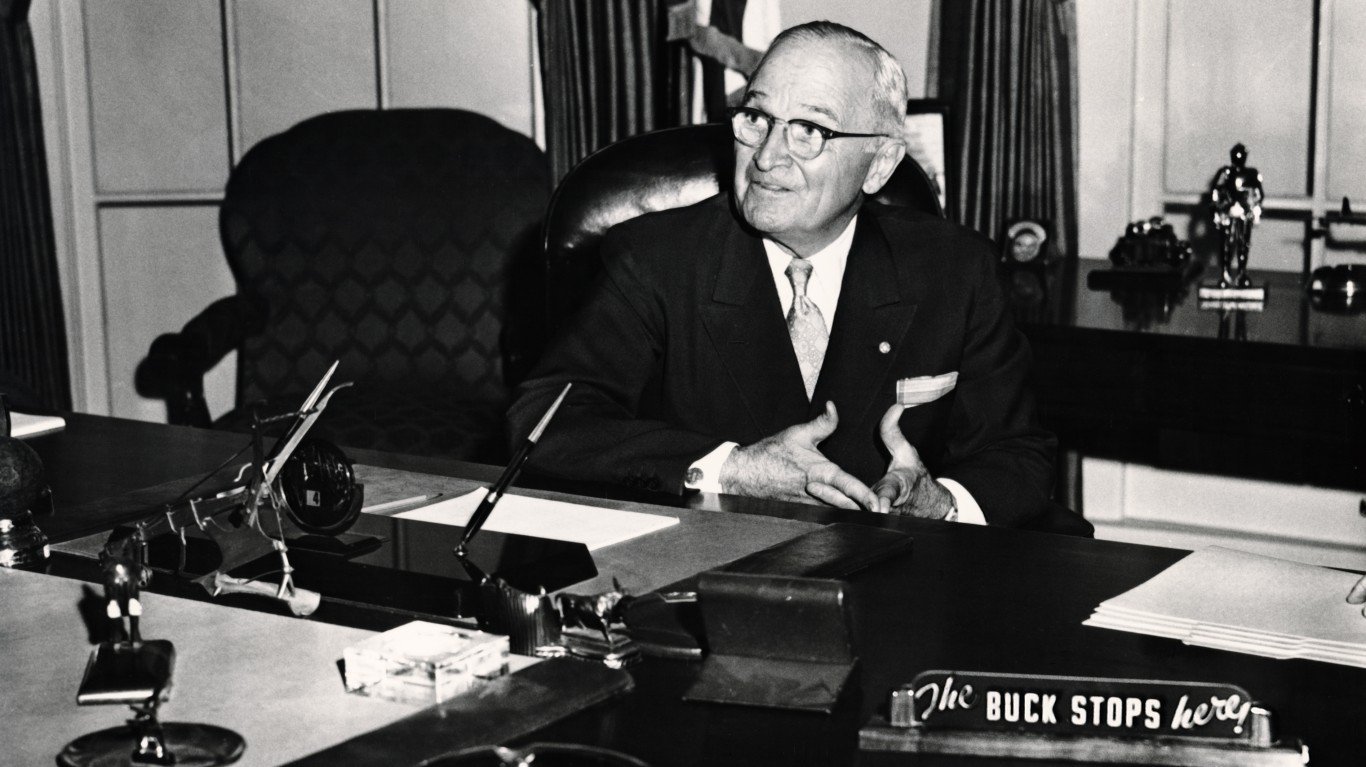
- Average inflation during presidency: 3.14%
Truman inherited the strong economy of the Second World War and oversaw its transition back into a civilian economy.
Inflation had increased during the war, so the government implemented price controls and wage controls in order to keep it from destroying the economy while they were at war. Republicans were extremely opposed to regulation and price controls and after they won in the 1946 midterms, all federal price and wage controls were eliminated. Inflation returned to high levels once again.
Truman’s presidency also cracked down on organized labor. Workers’ unions had kept their promise to not strike during the war but now wanted their workers to share in the prosperity created by their workers for the war effort, leading to strikes at companies that did not compensate workers fairly.
When he left office, Truman was one of the least popular presidents in history.
#6 Ronald Reagan
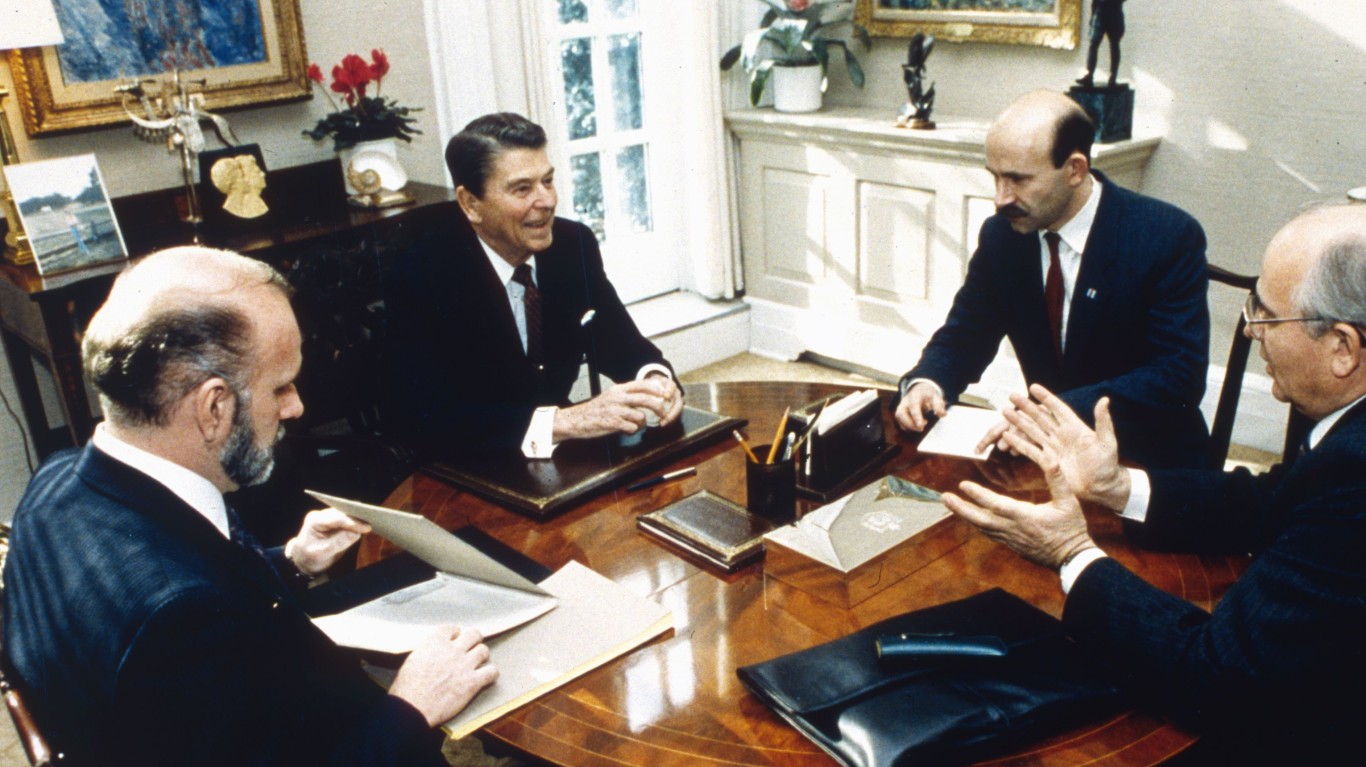
- Average inflation during presidency: 4.68%
Ronald, the patron saint of capitalism and Western imperialism, inherited a poor economy when he took office in which inflation and unemployment were already high. Unfortunately for America, things were about to get worse due to his leadership.
During Reagan’s first year of 1981, the country entered a recession. Unemployment reached 11% and poverty increased to 15%, during the recovery in 1983, the rich benefited from the recession while life got harder for the poor, greatly increasing the gap of economic inequality in the country; homelessness also increased. Reagan appointed Alan Greenspan (one of the figures responsible for the 2008 financial crisis) who tried to fight inflation and caused the 1987 market crash now known as “Black Monday”.
Reagan continued his reign by righting against labor unions, firing thousands of workers who went on strike, and gutting union membership throughout the country. He eliminated almost half of all federal regulations that kept corporations in check and weakened other agencies that were meant to regulate private industries.
Economists have shown that as the membership in worker unions decreases, the income of the top 10% of people also increases, showing a direct relationship between low worker pay and executive pay increases. During Reagan’s presidency, the number of people in labor unions plummeted faster than in previous years and the income of the richest people in the country increased as a result.
On top of this, Reagan also passed a handful of tax cuts and tax increases, which all benefitted the wealthy and put a higher tax burden on the poor.
#5 George H. W. Bush
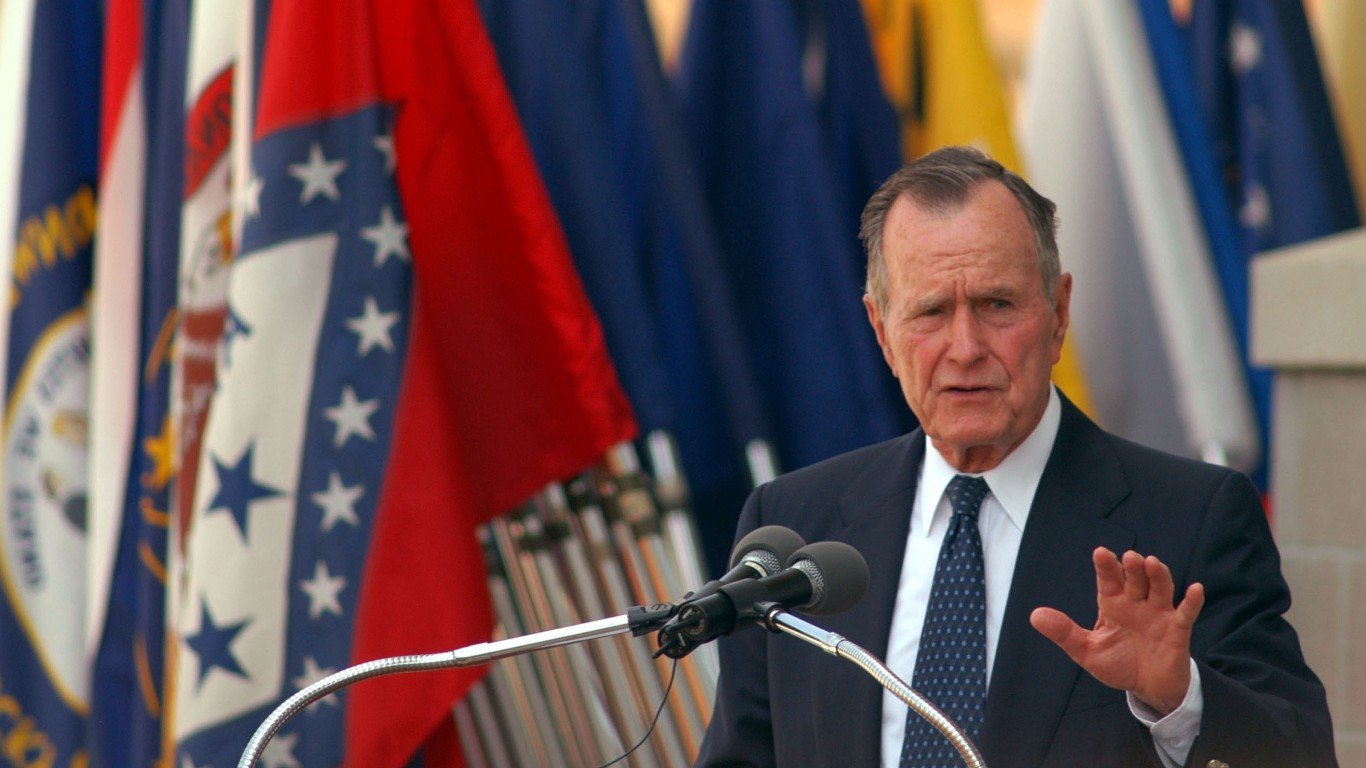
- Average inflation during presidency: 4.81%
Despite Reagan’s promises, and in contrast to right-wing propaganda, the economy continued to weaken until George H. W. Bush took office, leading to another recession in 1990, in which more than a million blue-collar jobs were eliminated, but the rich called it a “white-collar” recession. Bush and Reagan supporters once again blamed Greenspan.
The federal deficit and government debt had exploded during Reagan’s administration, and continued to grow under Bush, increasing by over three times since 1980. The recession deepened, but the Bush administration refused to act.
#4 Joe Biden
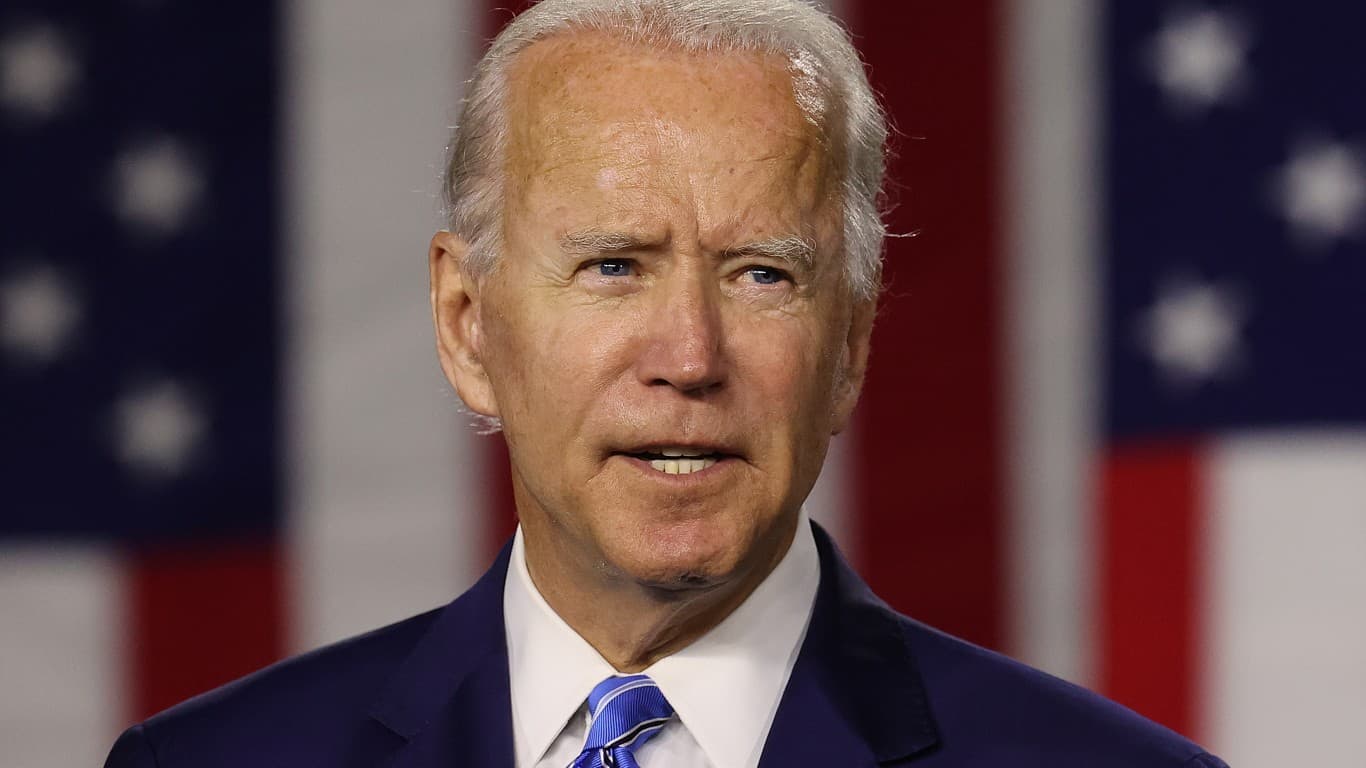
- Average inflation during presidency: 4.95%
Biden inherited the economy as it was suffering through the 2019 COVID pandemic. Additionally, housing shortages, climate change, rising home insurance, and energy prices, and an overwhelming government debt and deficit all contributed to the highest inflation rate in forty years — reaching 9.1% in 2022 alone.
The Russian invasion of Ukraine heavily contributed to food and fuel prices in 2022 as well, but it was the huge increase in home prices that had the biggest impact, causing the U.S. Census Bureau to announce that without it, inflation would have been just 1.8% in 2023, and not the 3.2% that it was. Artificial scarcity of new housing, caused by private equity and NIMBY advocates was the primary cause. Insurance companies raised their prices by 33% between 2020 and 2023.
As Biden prepared to leave office, economists agreed (according to the Wall Street Journal) that inflation would get worse under a second Trump term due to his mass deportations, bigger government spending and larger deficits, and his planned trade wars. Those predictions have proved correct.
#3 Richard Nixon
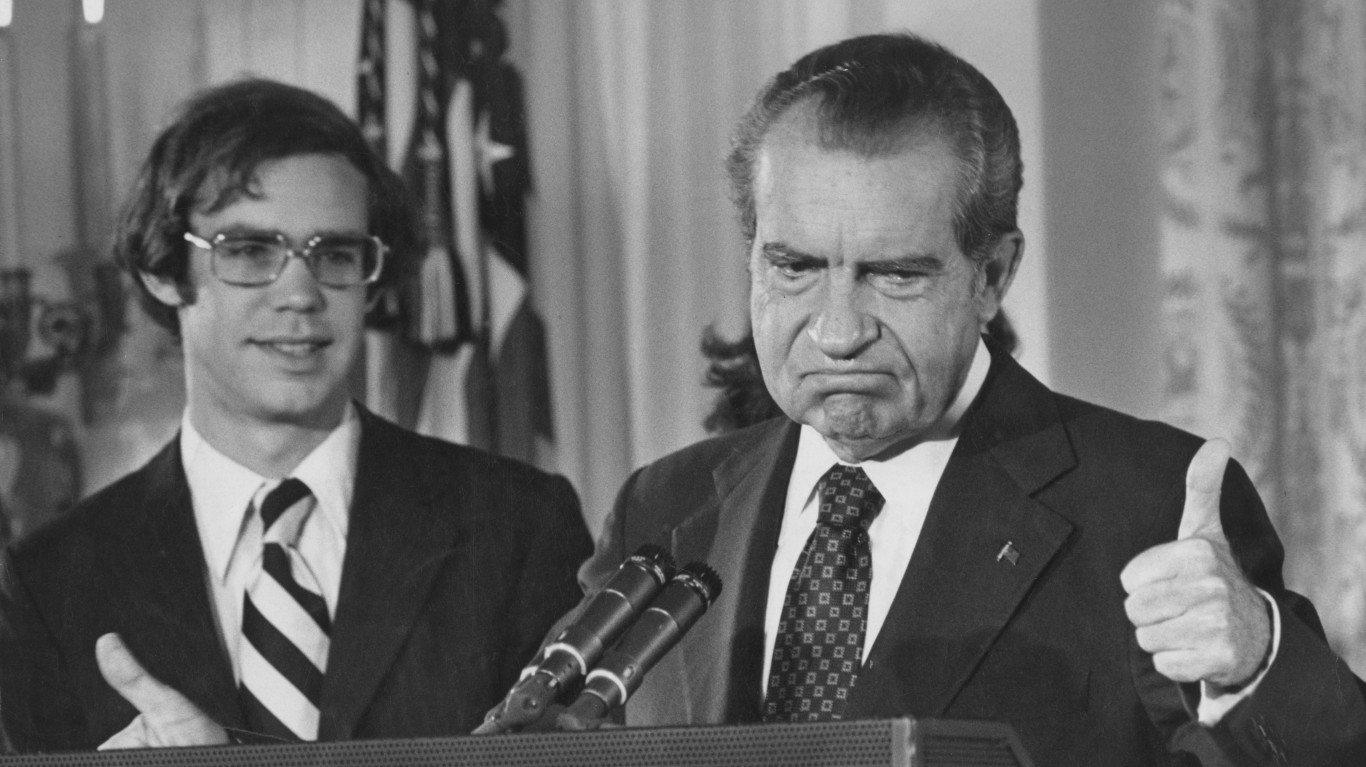
- Average inflation during presidency: 6.01%
Nixon inherited the economy damaged by President Johnson and the Vietnam War, causing the highest inflation rate in almost a century. While his highest public goal was to reduce this high inflation, Nixon refused to do the one thing that would reduce it substantially: end the Vietnam War. Despite numerous opportunities for peace and chances to resolve the conflict, Nixon escalated the war and removed South Vietnamese leaders who were trying to find a peaceful resolution to the conflict.
Instead, Nixon passed tax reform that, again, benefited the wealthy, imposed price controls despite his public opposition to them, and ended the gold standard for the United States dollar. While this temporarily slowed inflation during his presidency, it contributed to higher rates of inflation ever since.
During Nixon’s second term, the country suffered a stock market crash, the 1973 oil crisis, food shortages, and a massive surge in inflation. Nixon implemented more price controls and businesses revolted. Farmers killed their own chickens instead of selling them at low prices, causing even more inflation.
Inflation grew to 8.7% during Nixon’s presidency, and unemployment nearly doubled.
#2 Gerald Ford
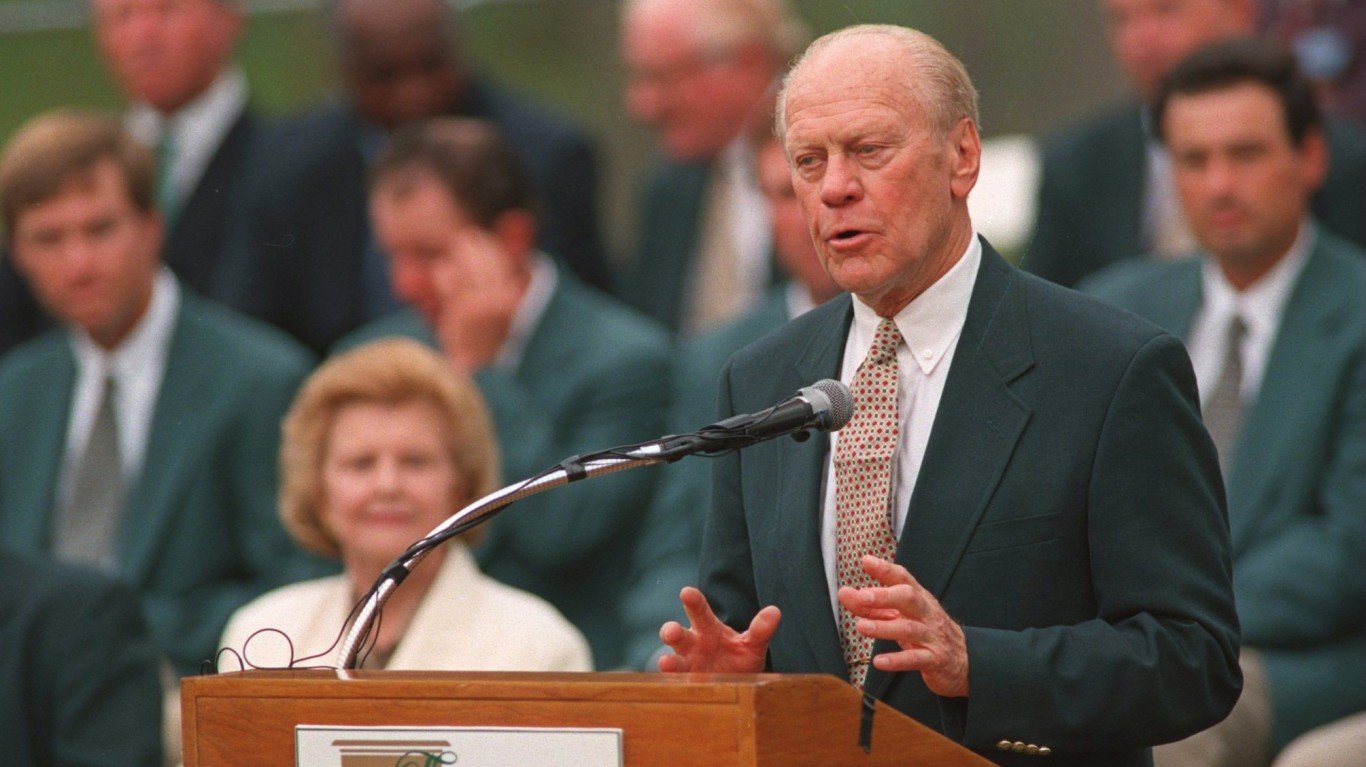
- Average inflation during presidency: 8.11%
The period of “stagflation” (high unemployment and inflation) that started with Nixon continued into and through the Ford presidency.
Historically, economists had believed that tax cuts and increased government spending were the best remedy to slow economic growth and unemployment, and they recommended these vigorously. But as the past presidencies have shown, they only made inflation worse.
Ford believed that inflation was the biggest threat to the economy, but instead of reducing the amount of money in circulation, he put the responsibility on people and told them to reduce their spending, asking them to sacrifice to reduce inflation.
Shortly after, the country entered the worst recession since the Great Depression.
#1 Jimmy Carter
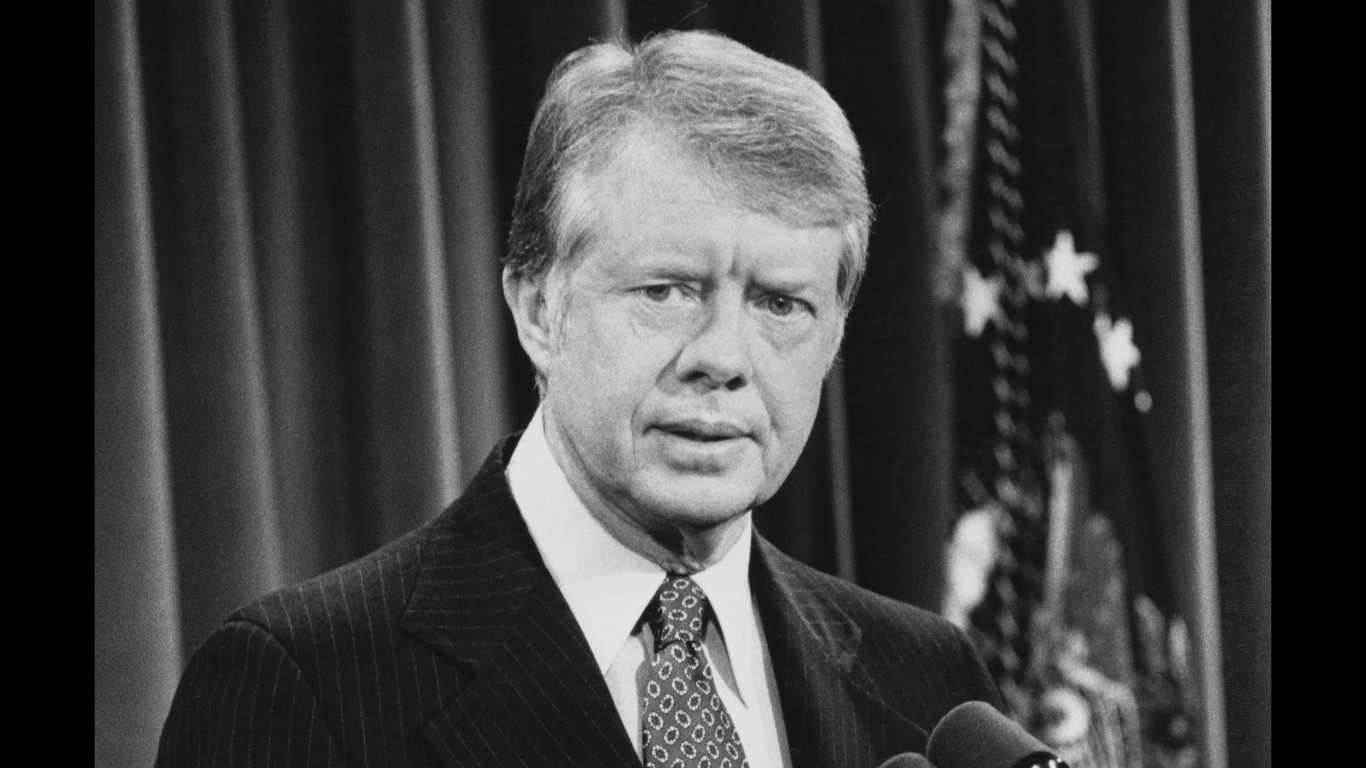
- Average inflation during presidency: 9.85%
Carter entered the Oval Office focused primarily on reducing inflation and balancing the government budget instead of addressing unemployment and other economic issues. During his term, the government deficit remained steady while its percentage of GDP dropped by nearly half, and the national debt as a percentage of GDP also dropped.
He inherited the terrible economy created by Nixon and Ford, which was made worse by the government’s loose monetary policy and the raising of oil prices by OPEC. Inflation reached a high of 13.5% in 1980. Carter said that inflation had reached a “crisis stage” and the country entered its fourth recession in just ten years.
The post This U.S. President Oversaw the Worst Bout of Inflation appeared first on 24/7 Wall St..
